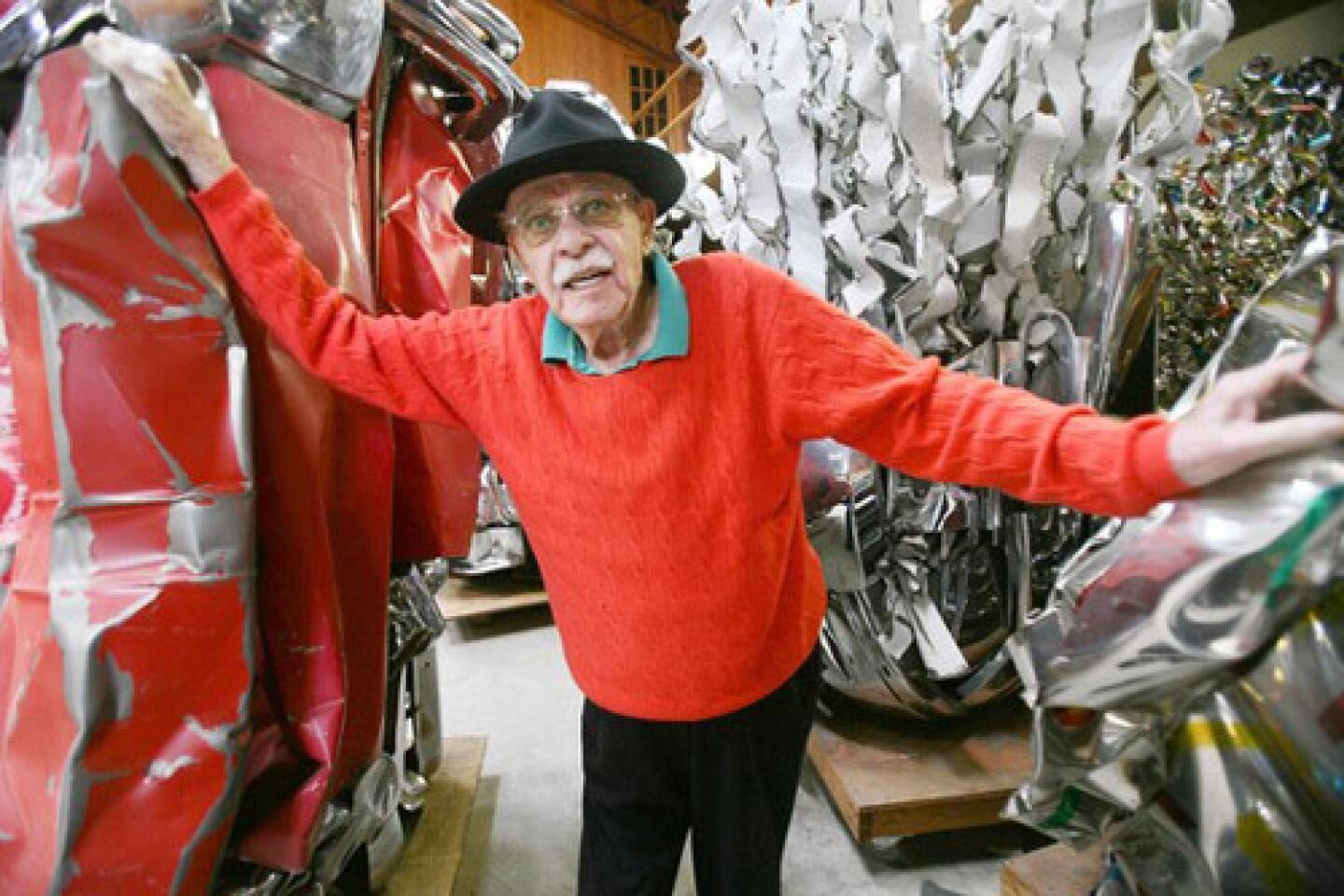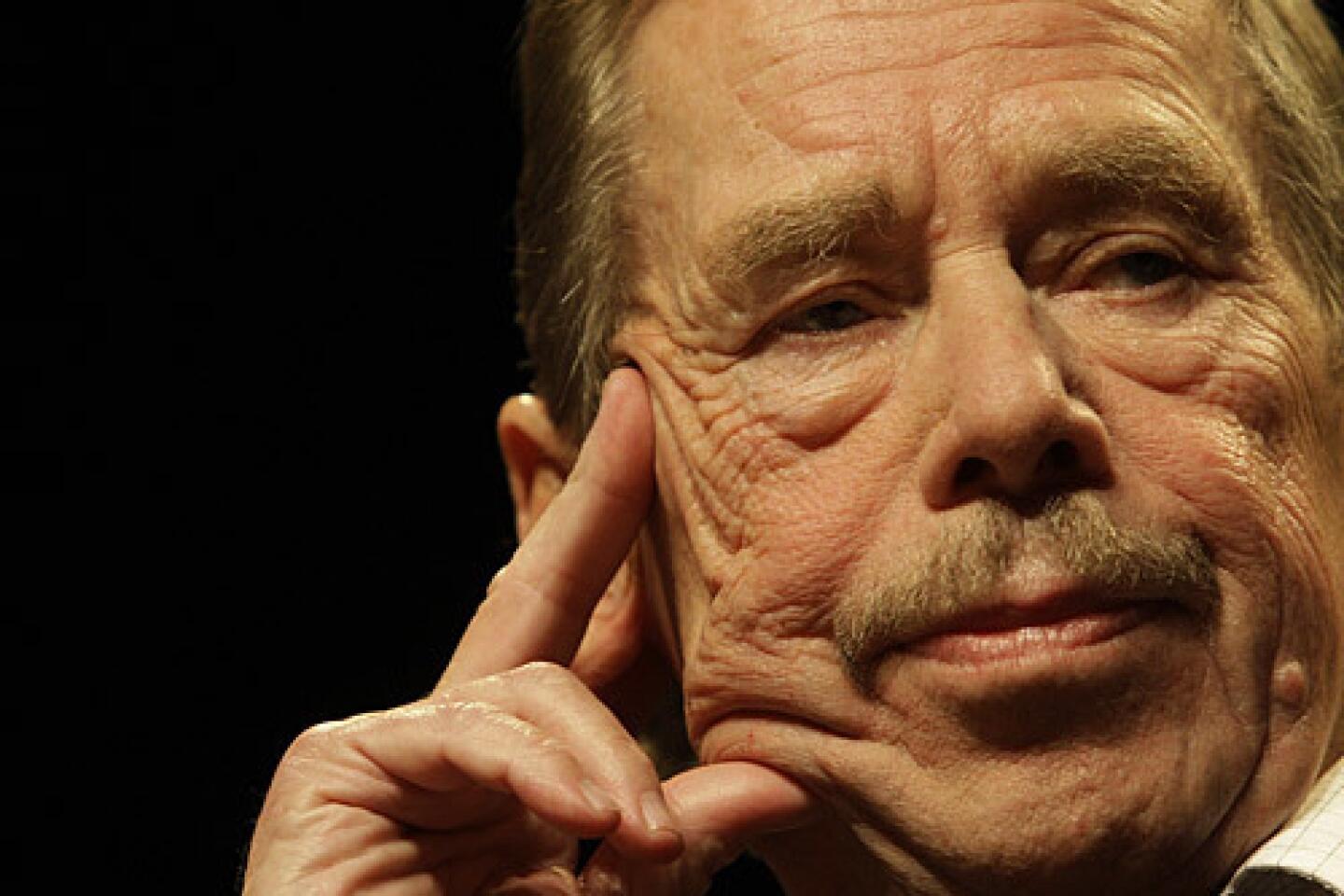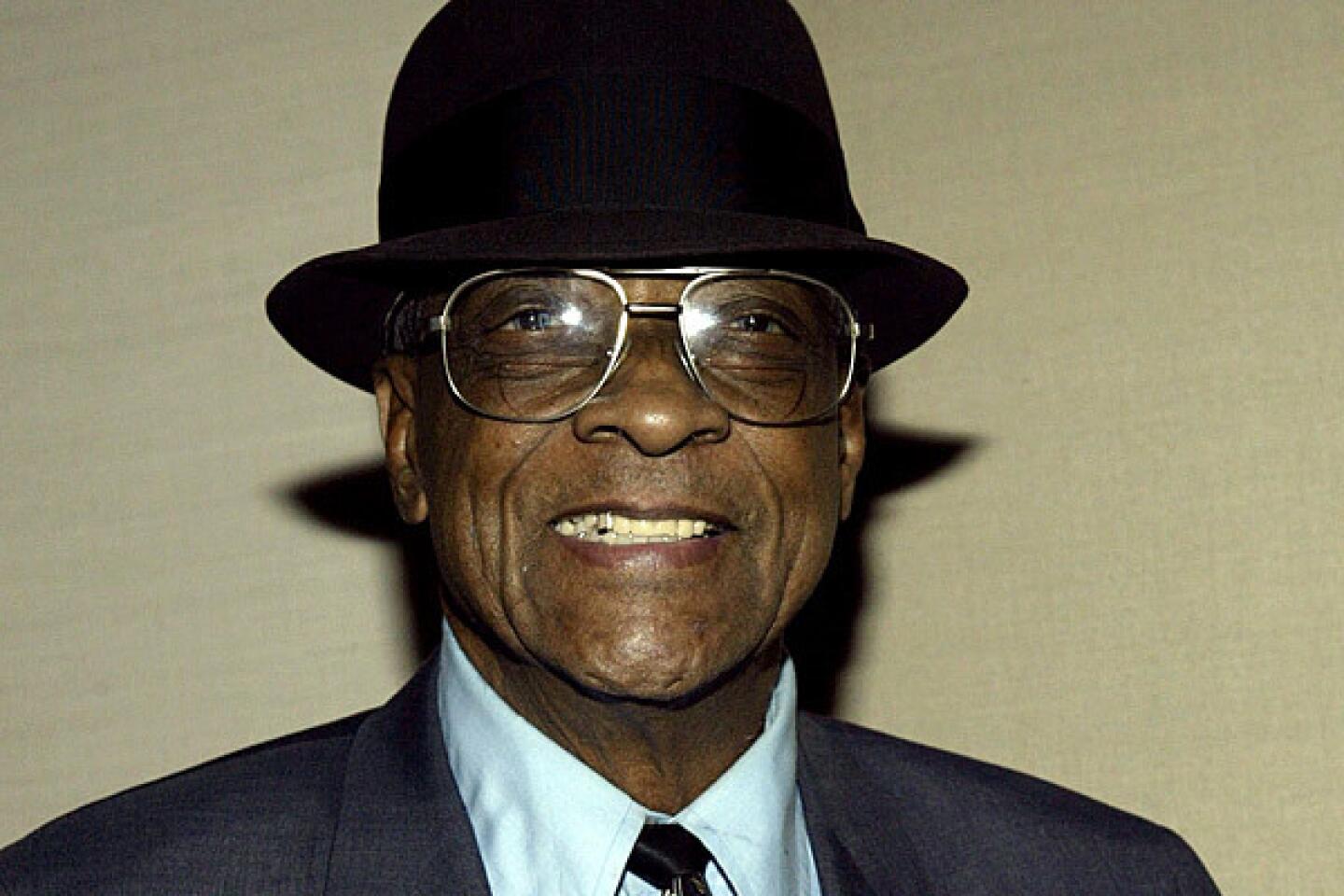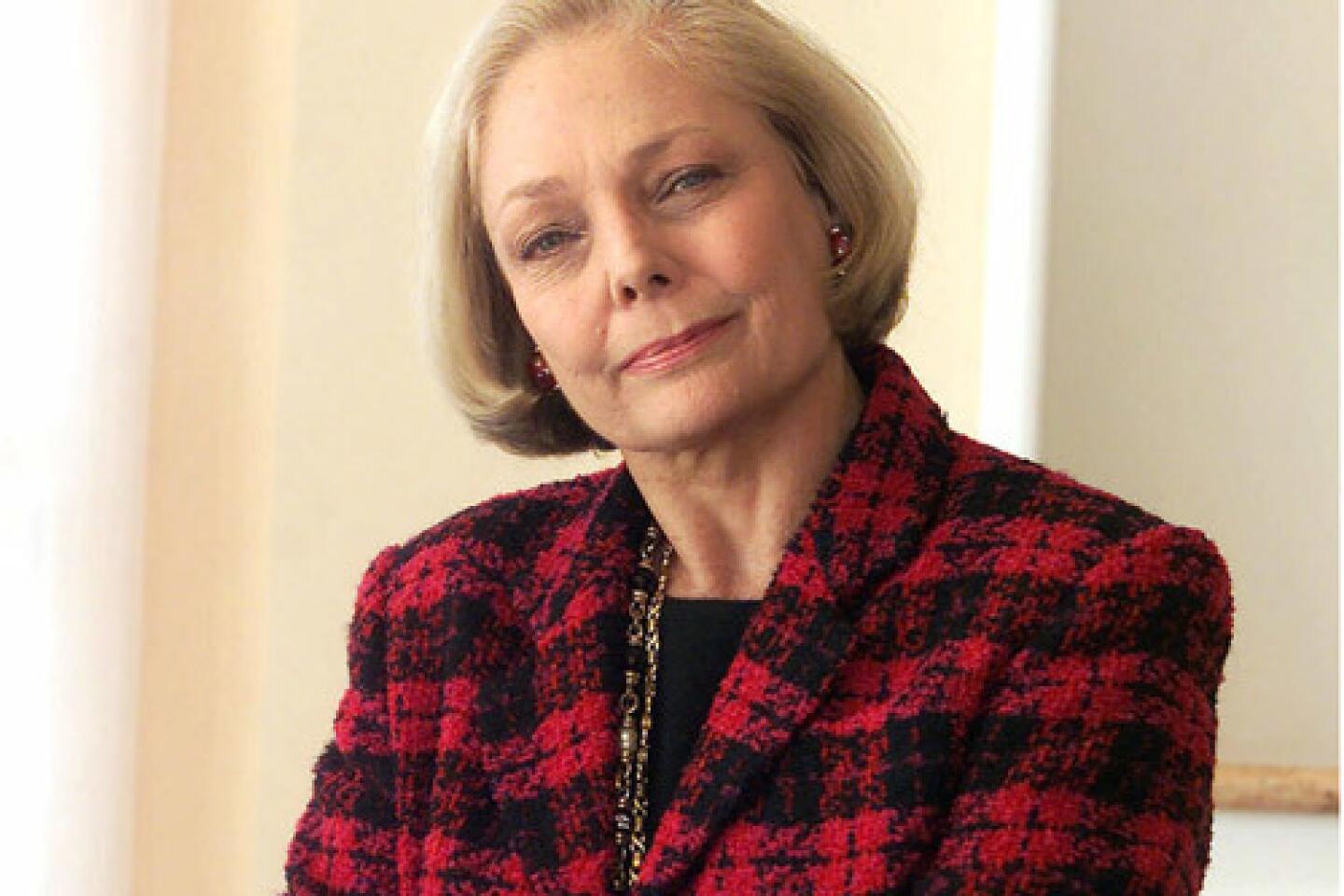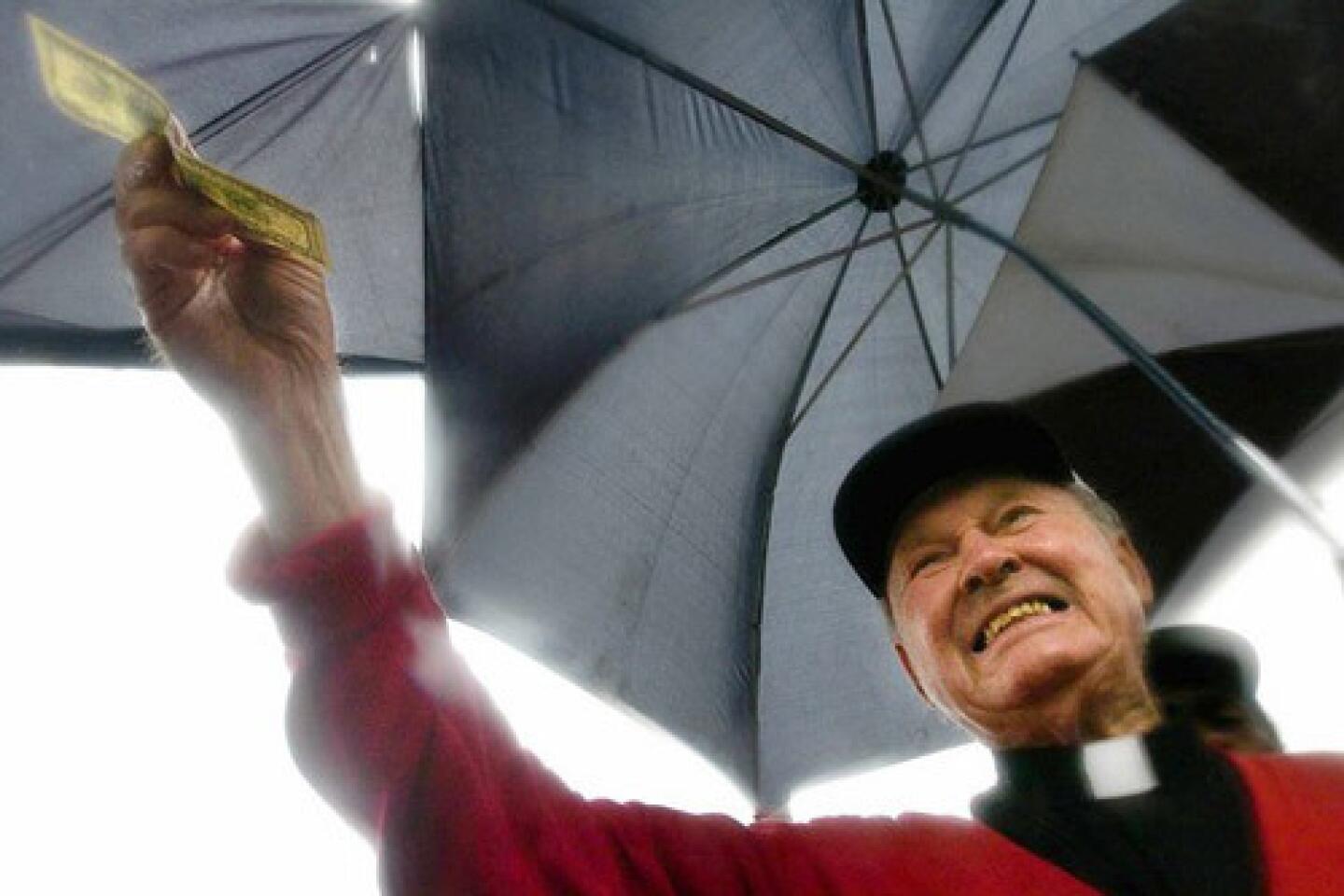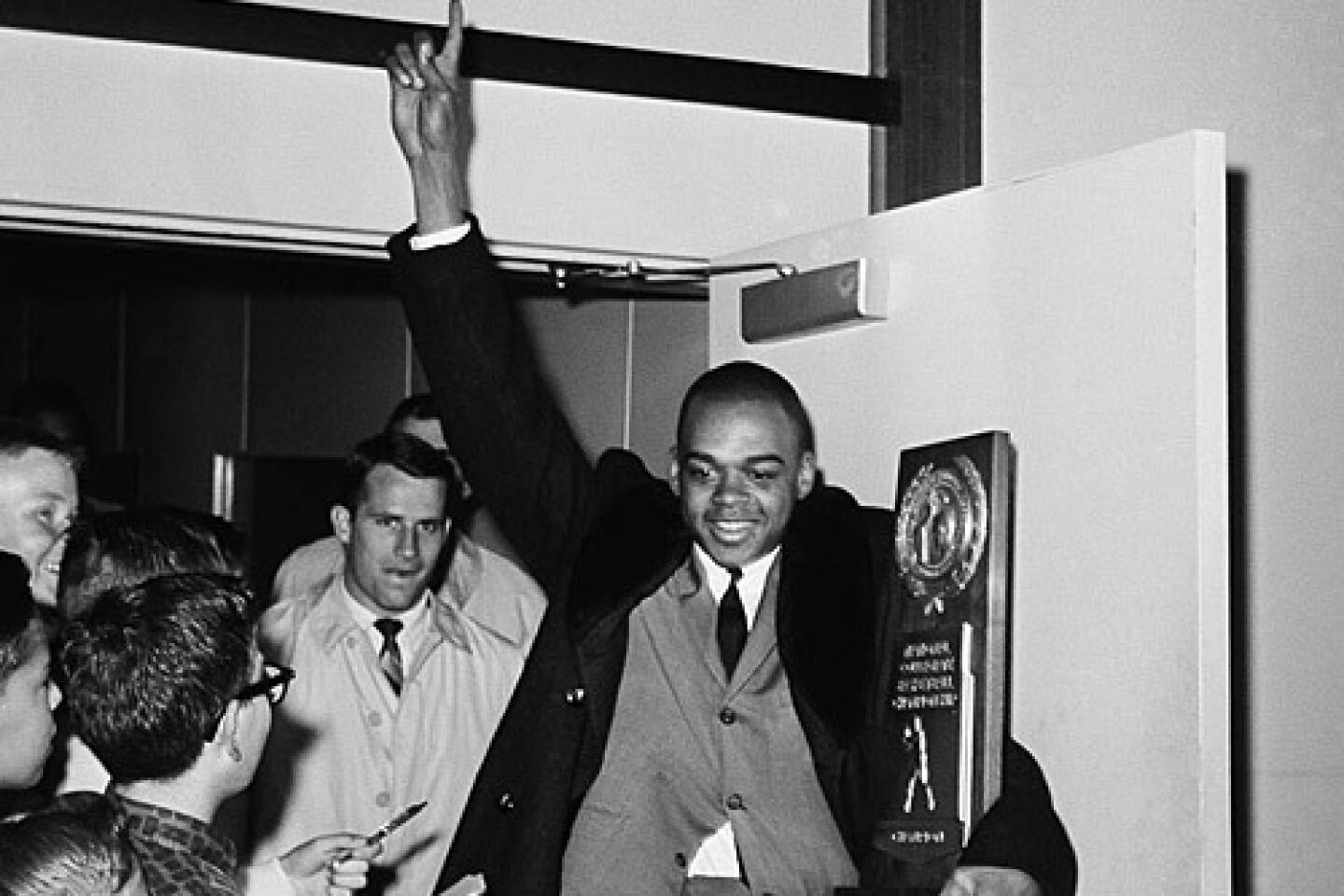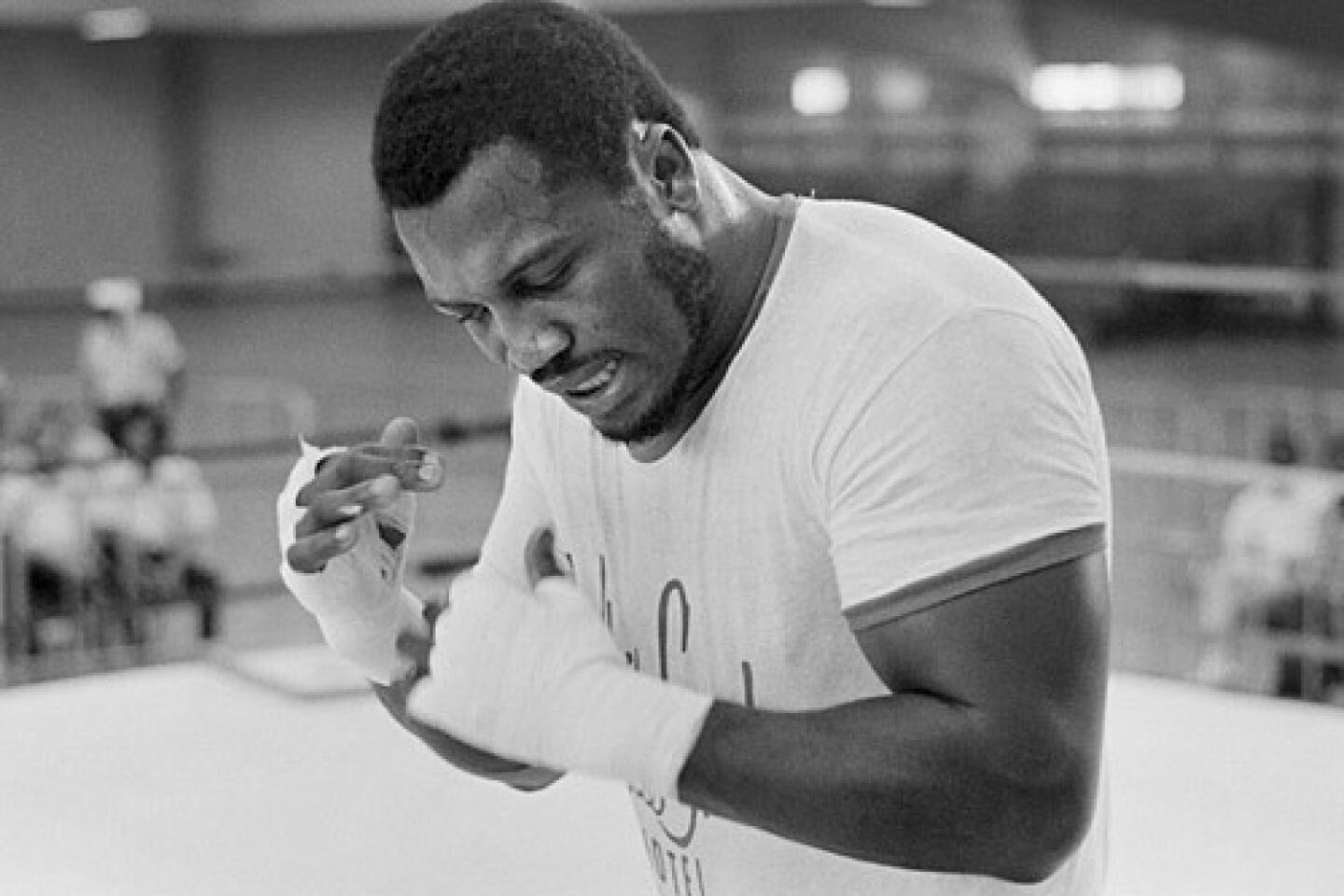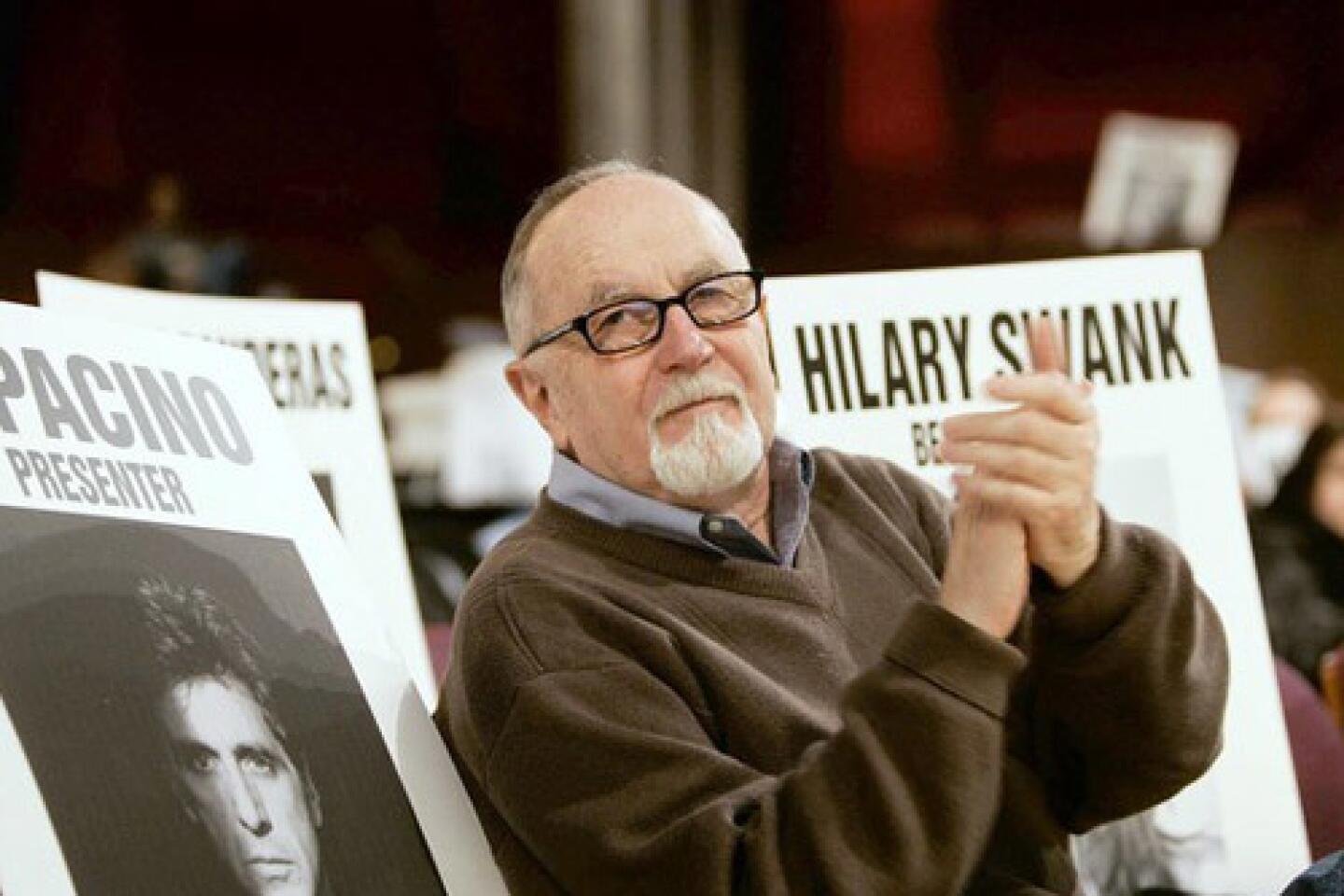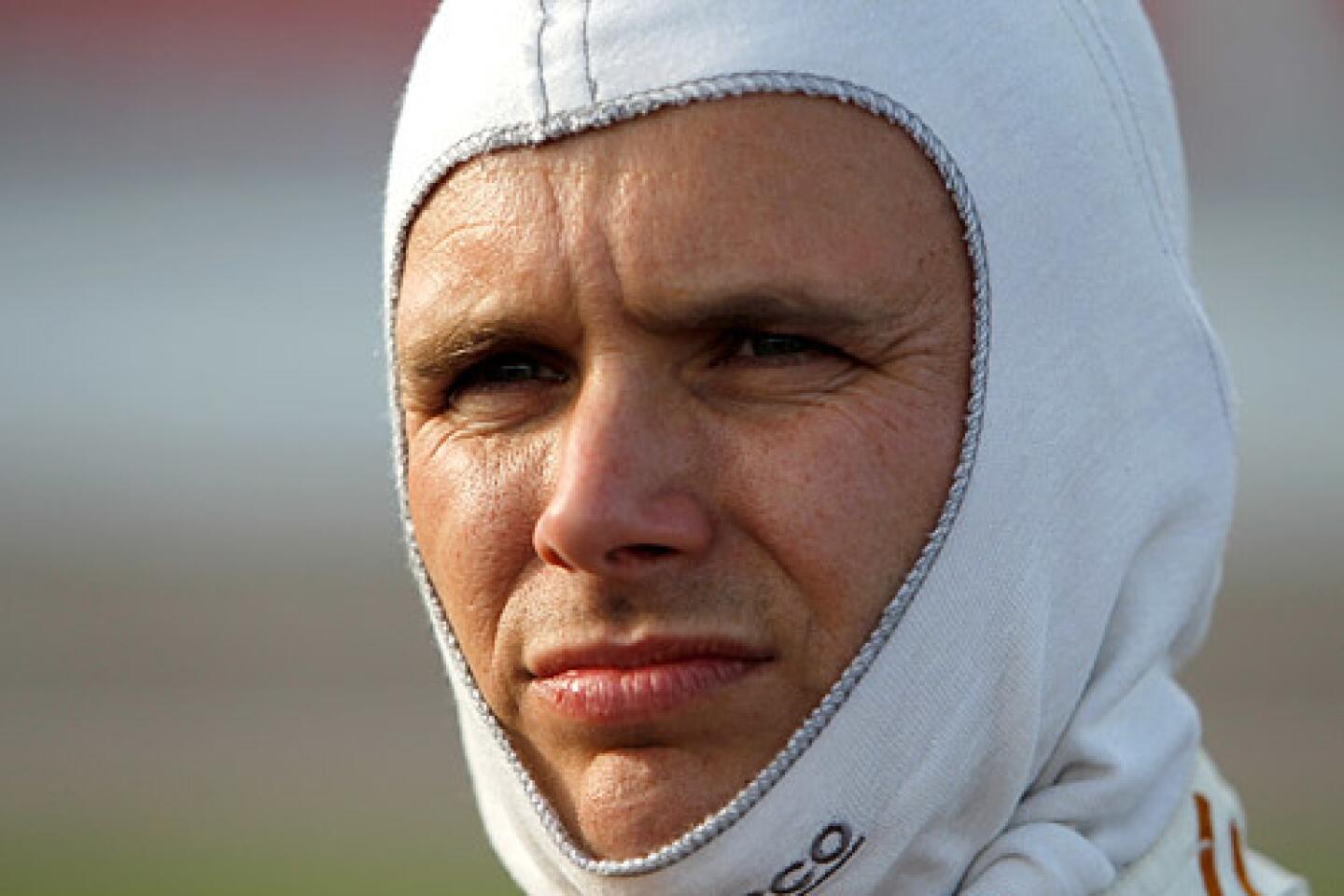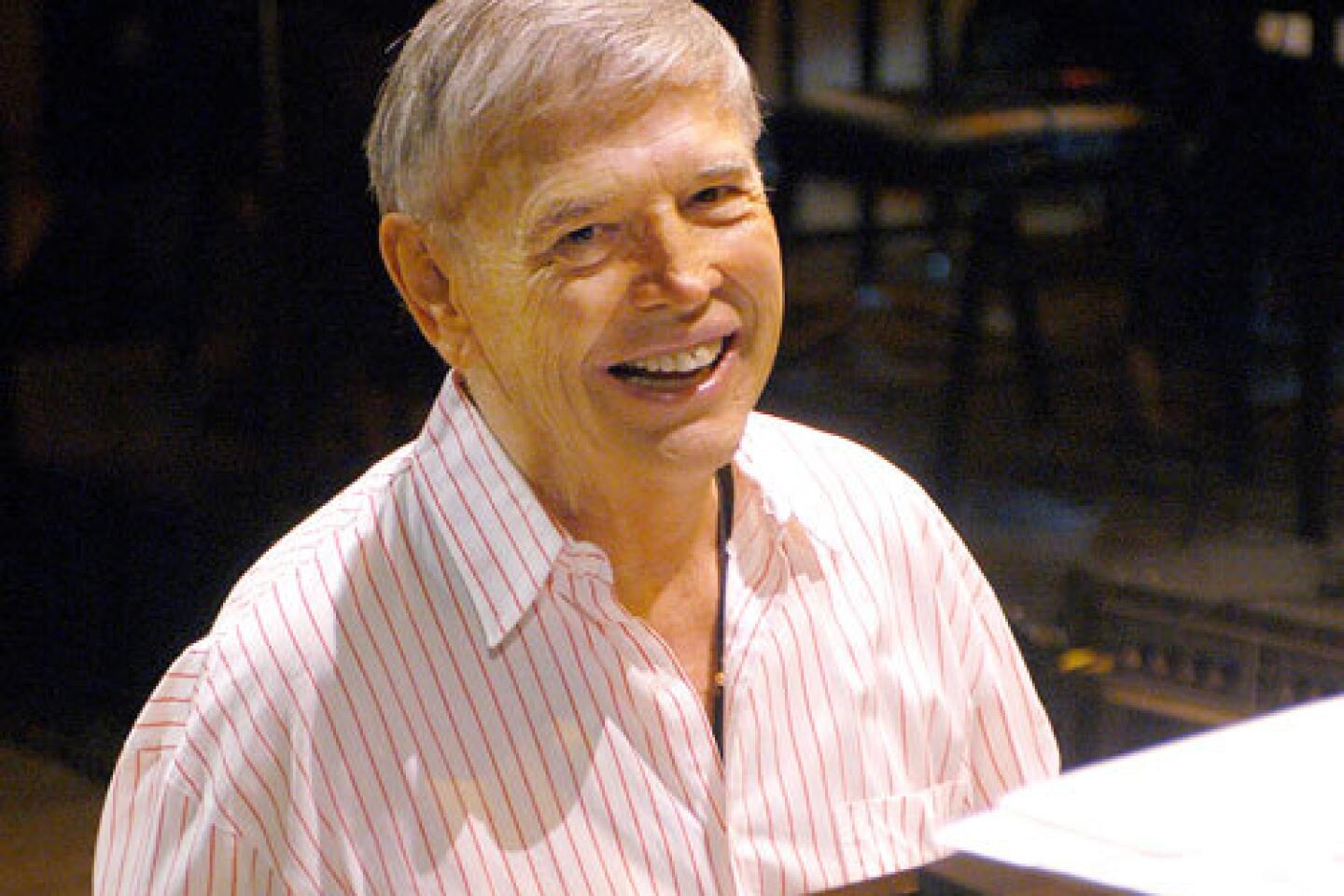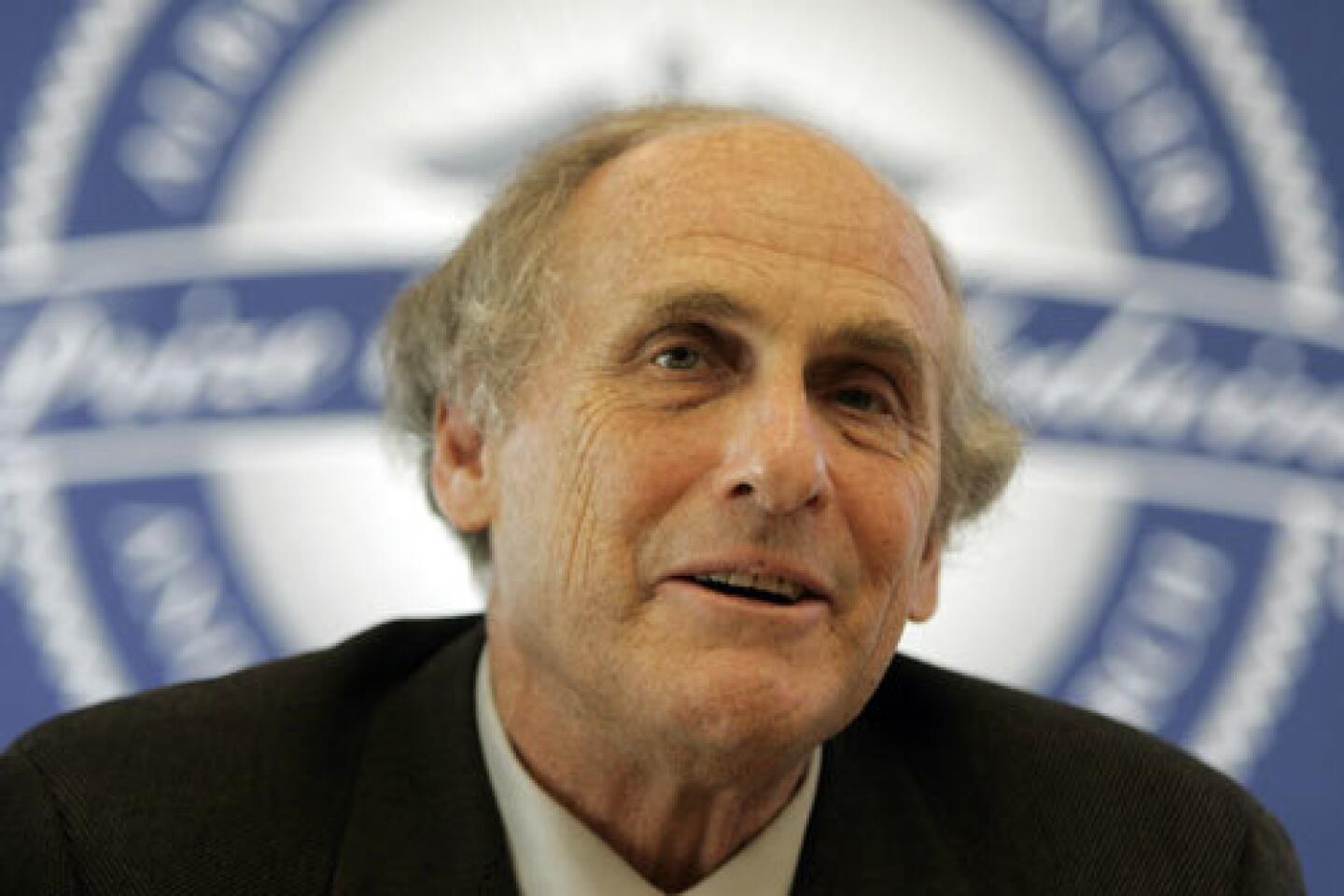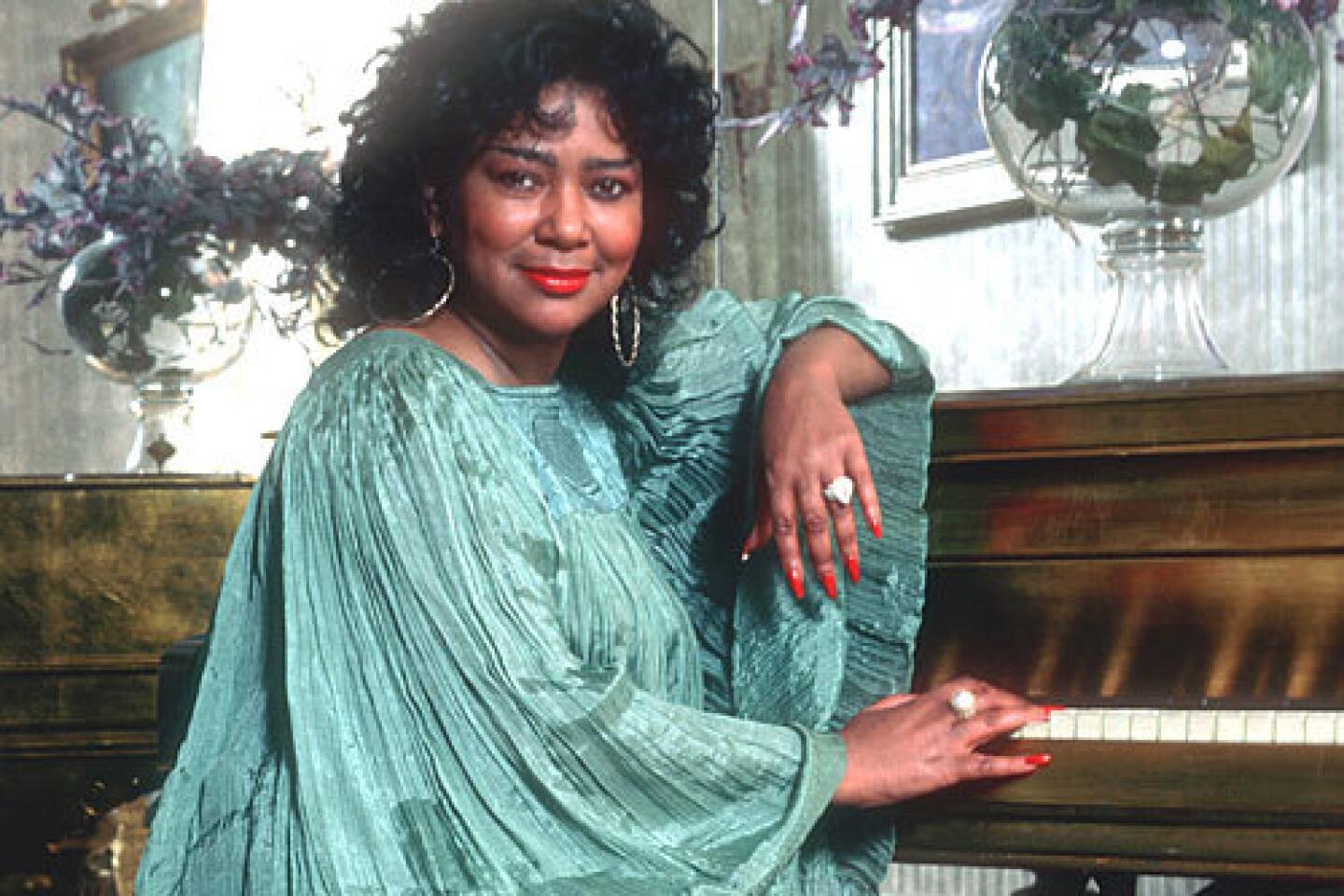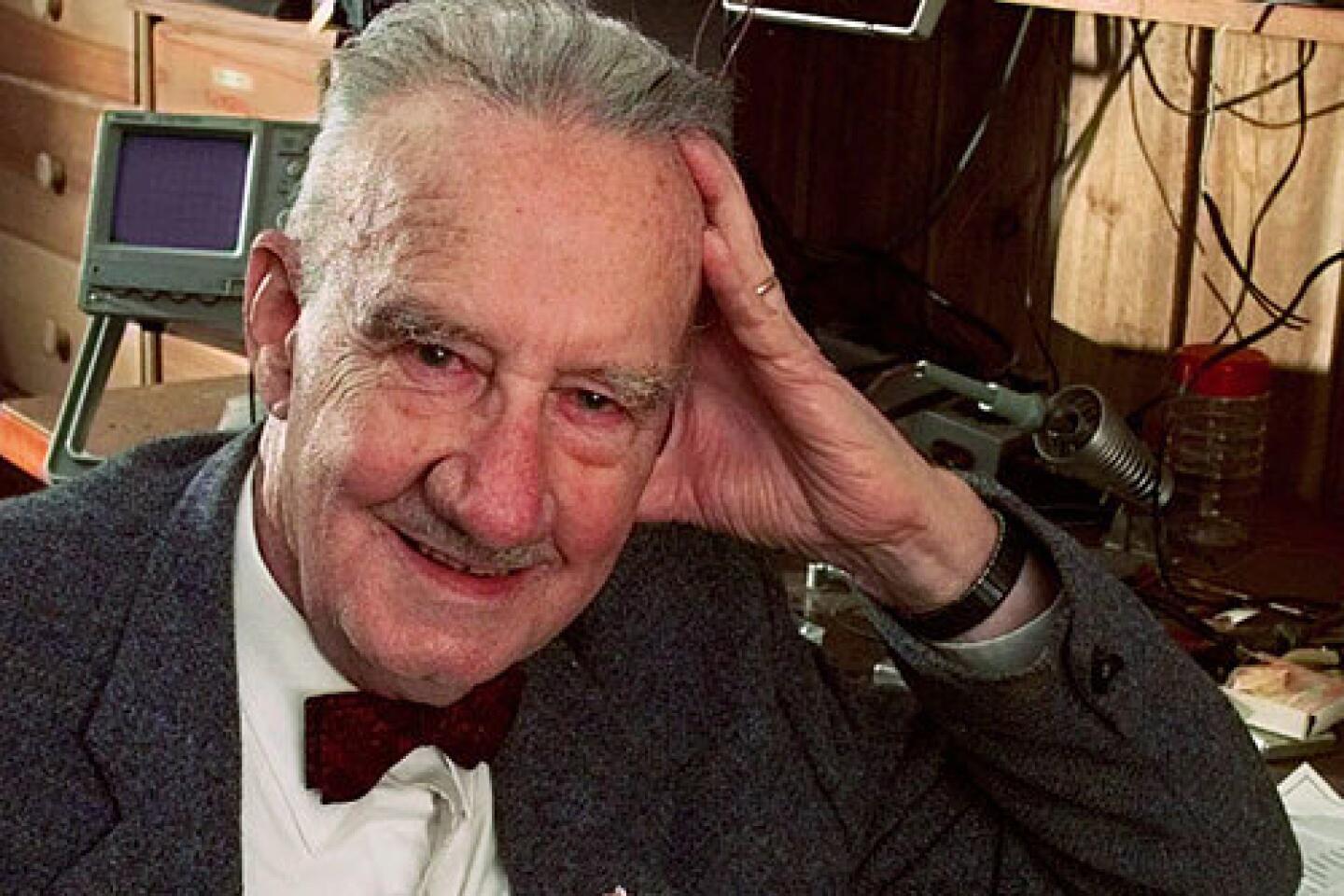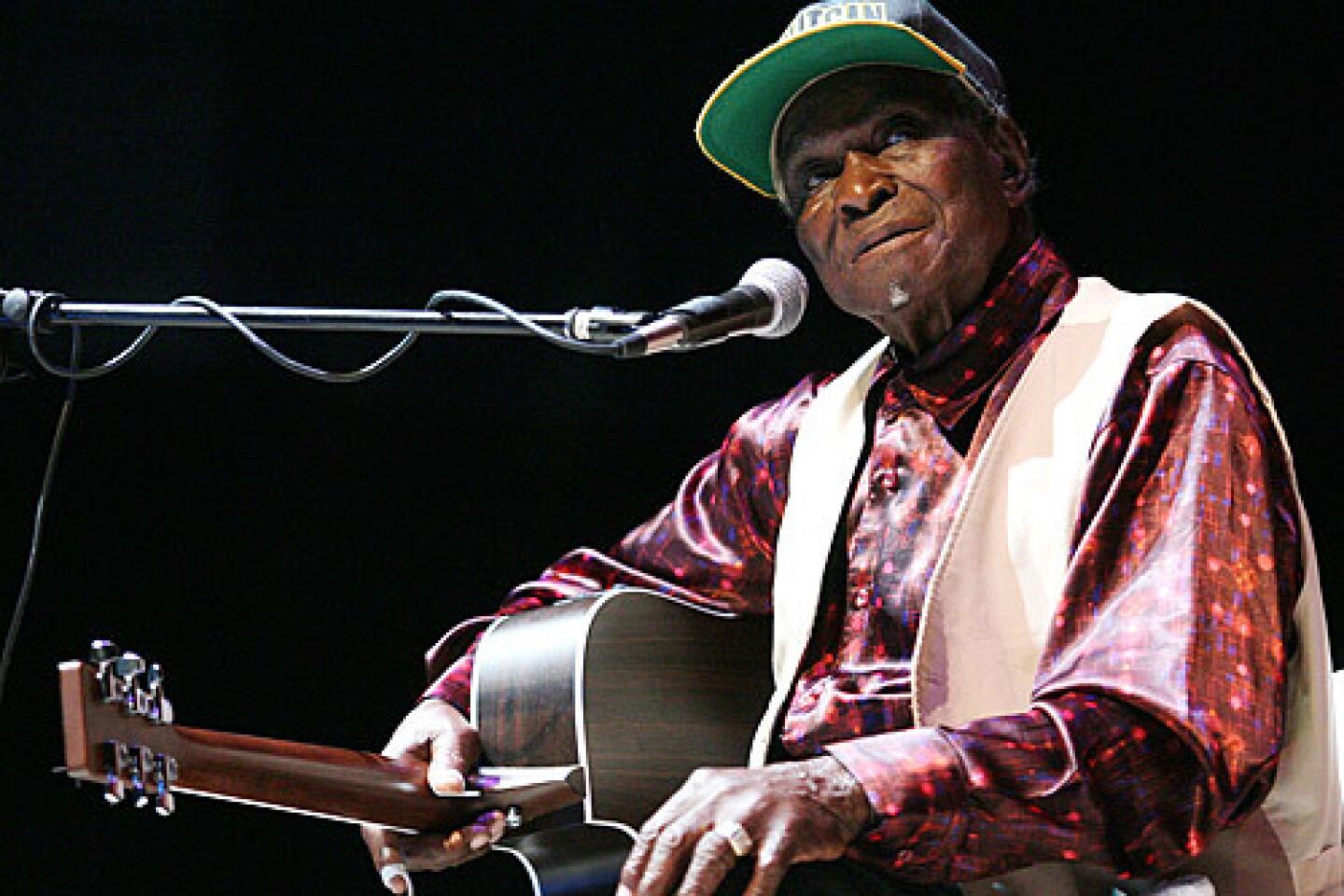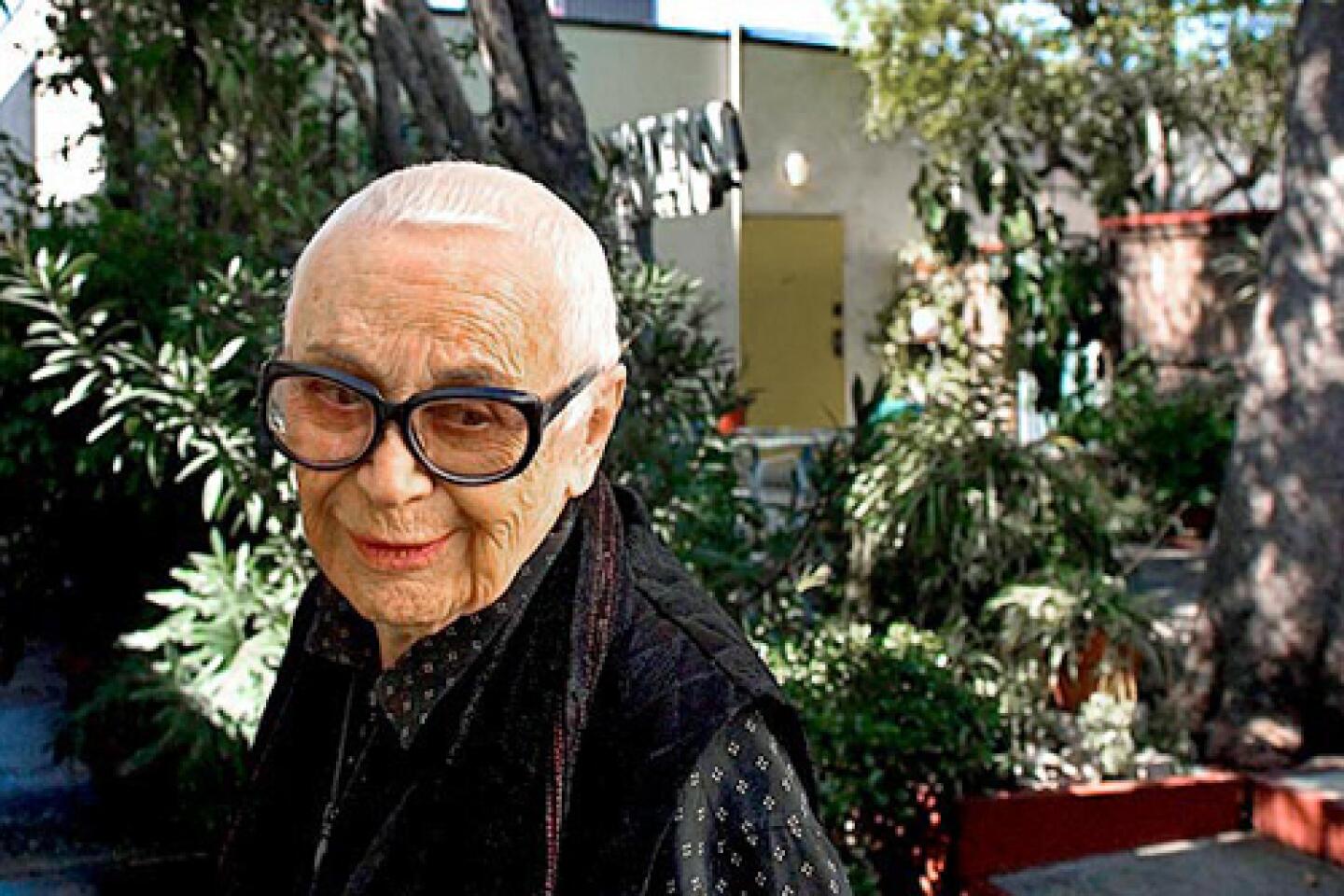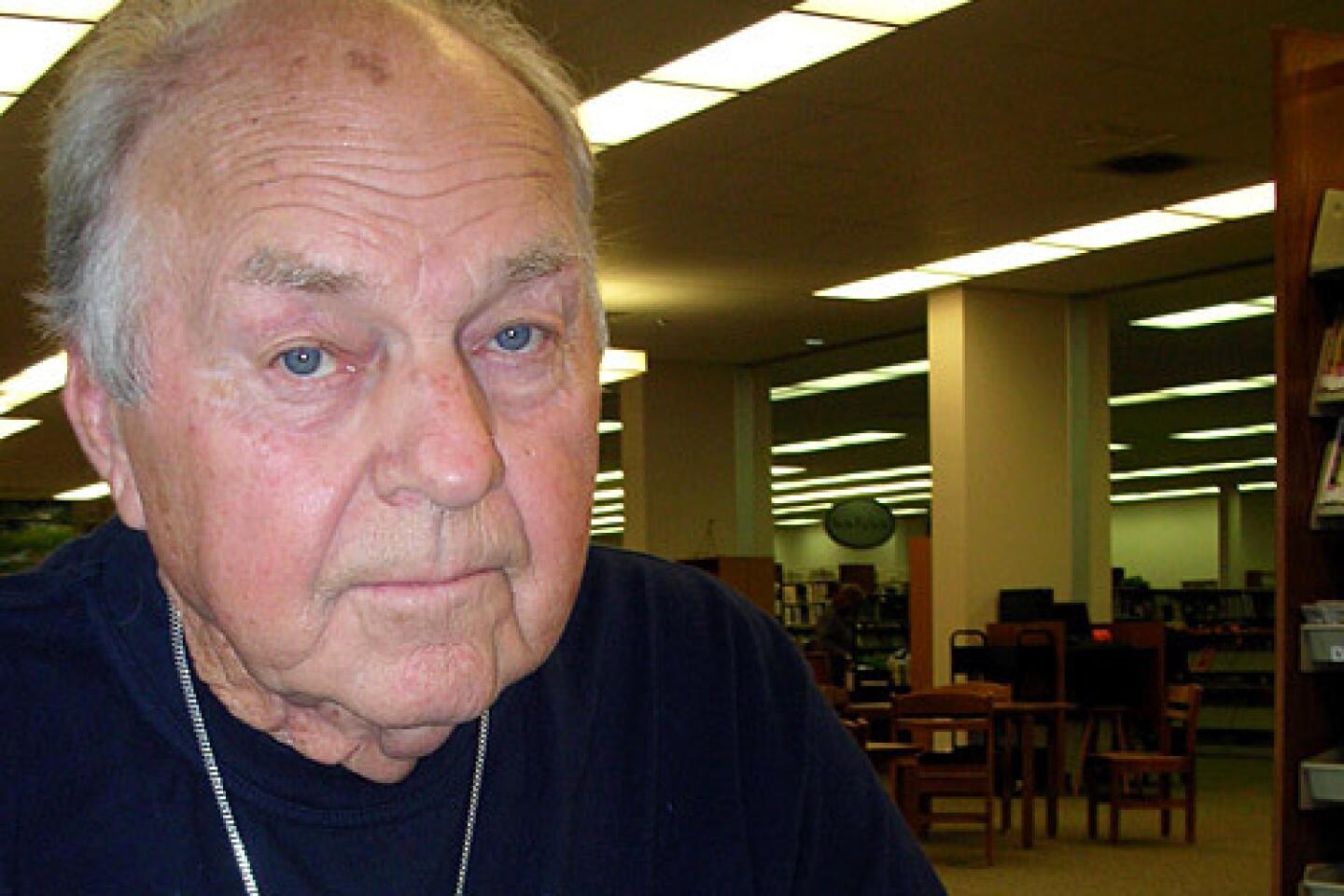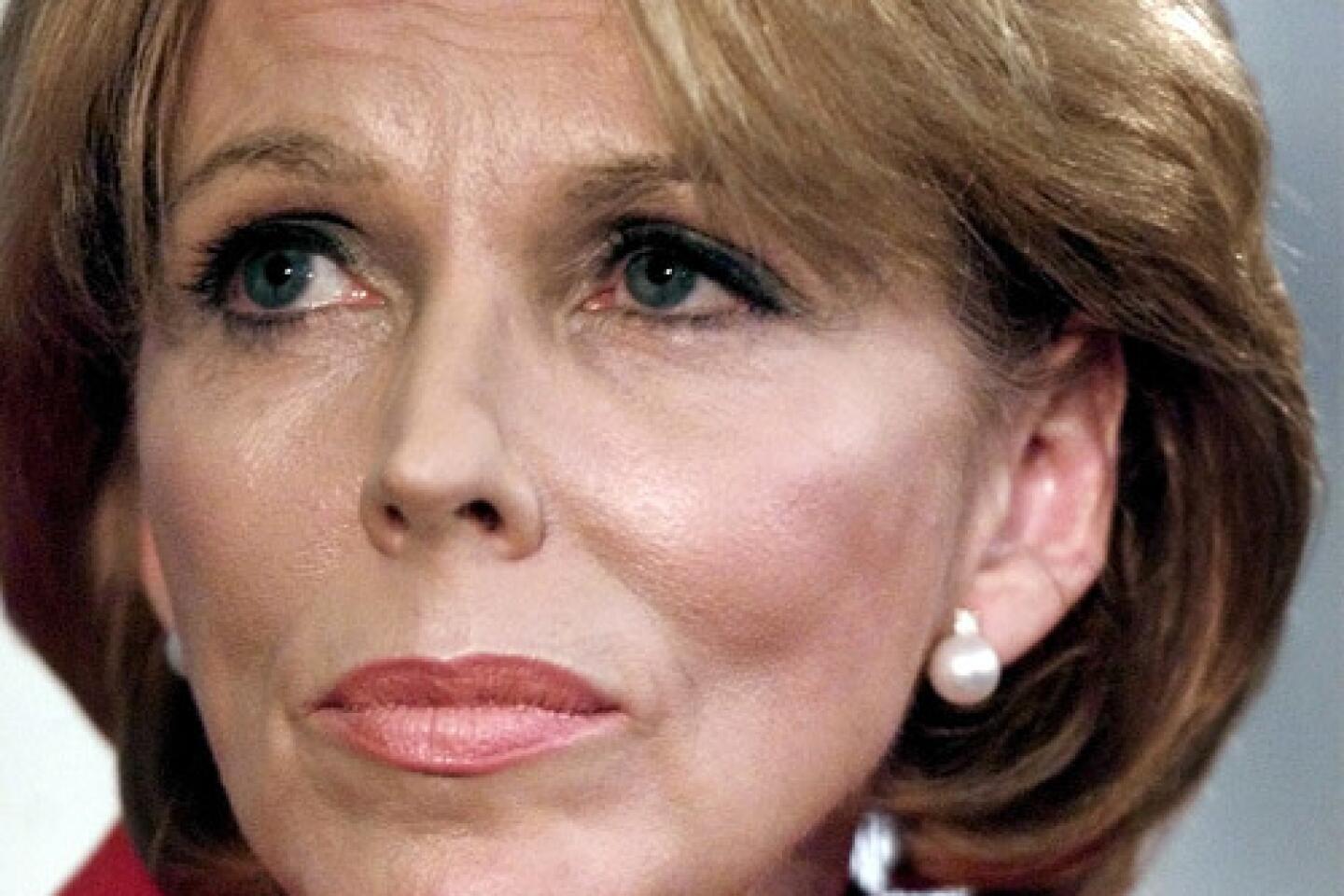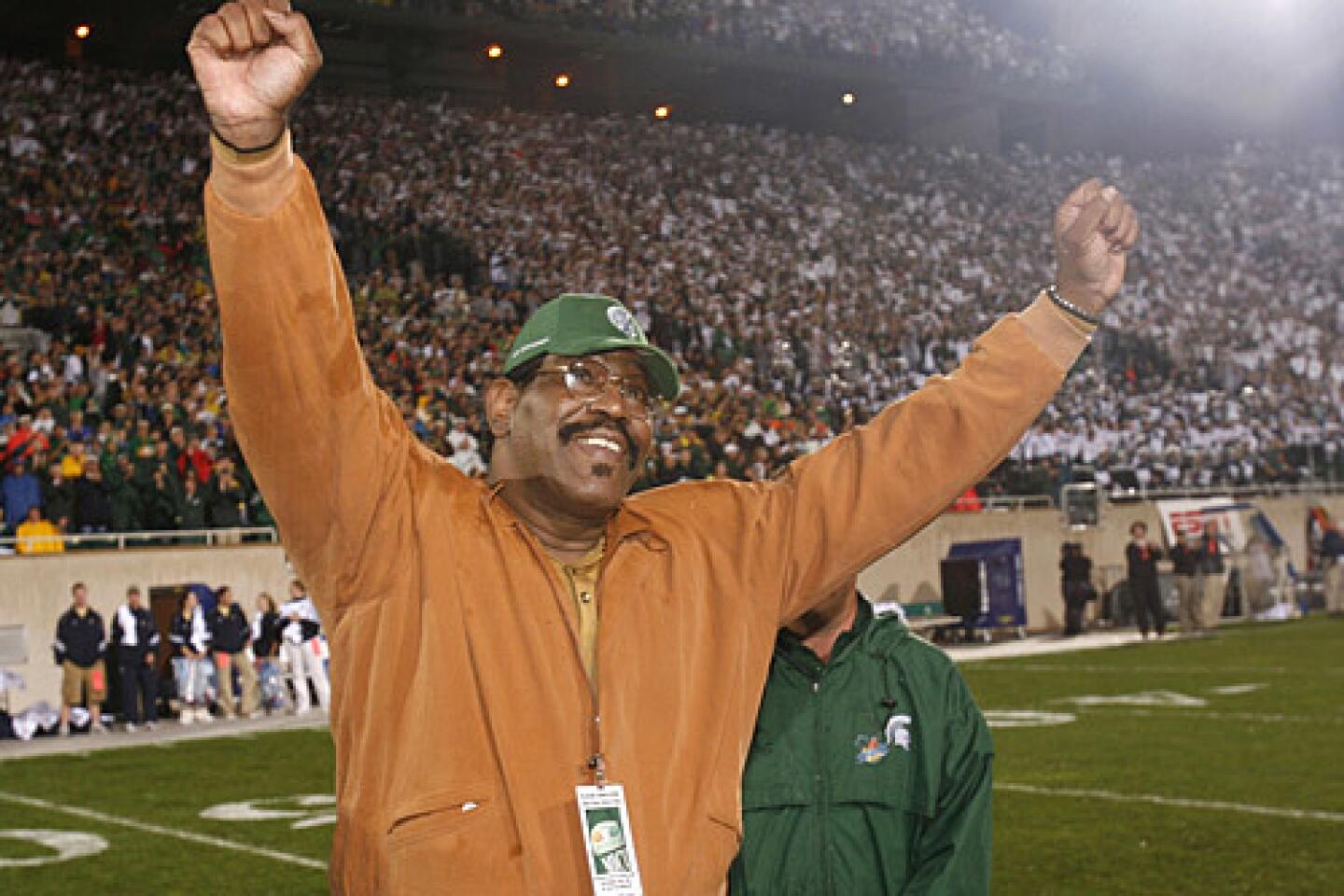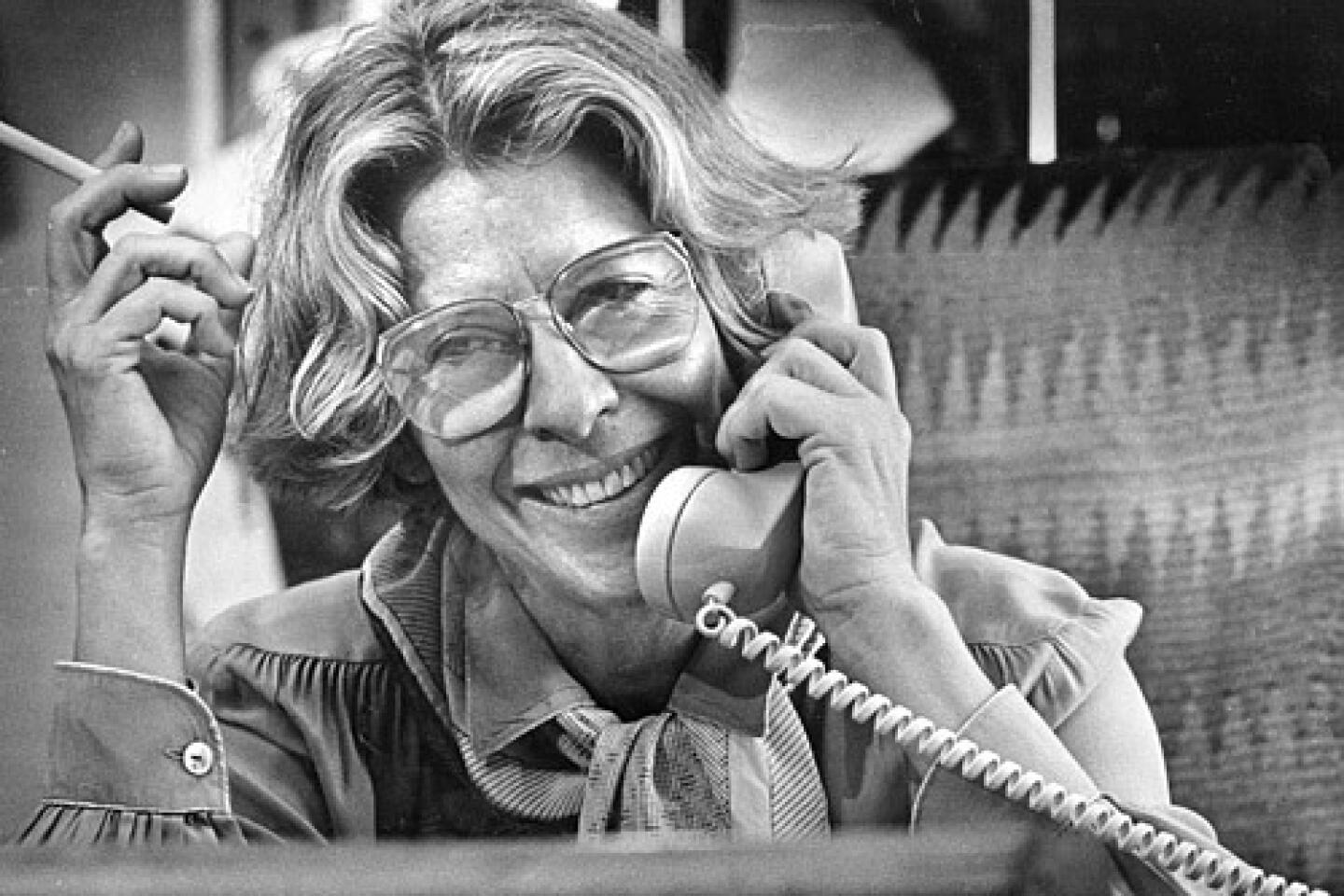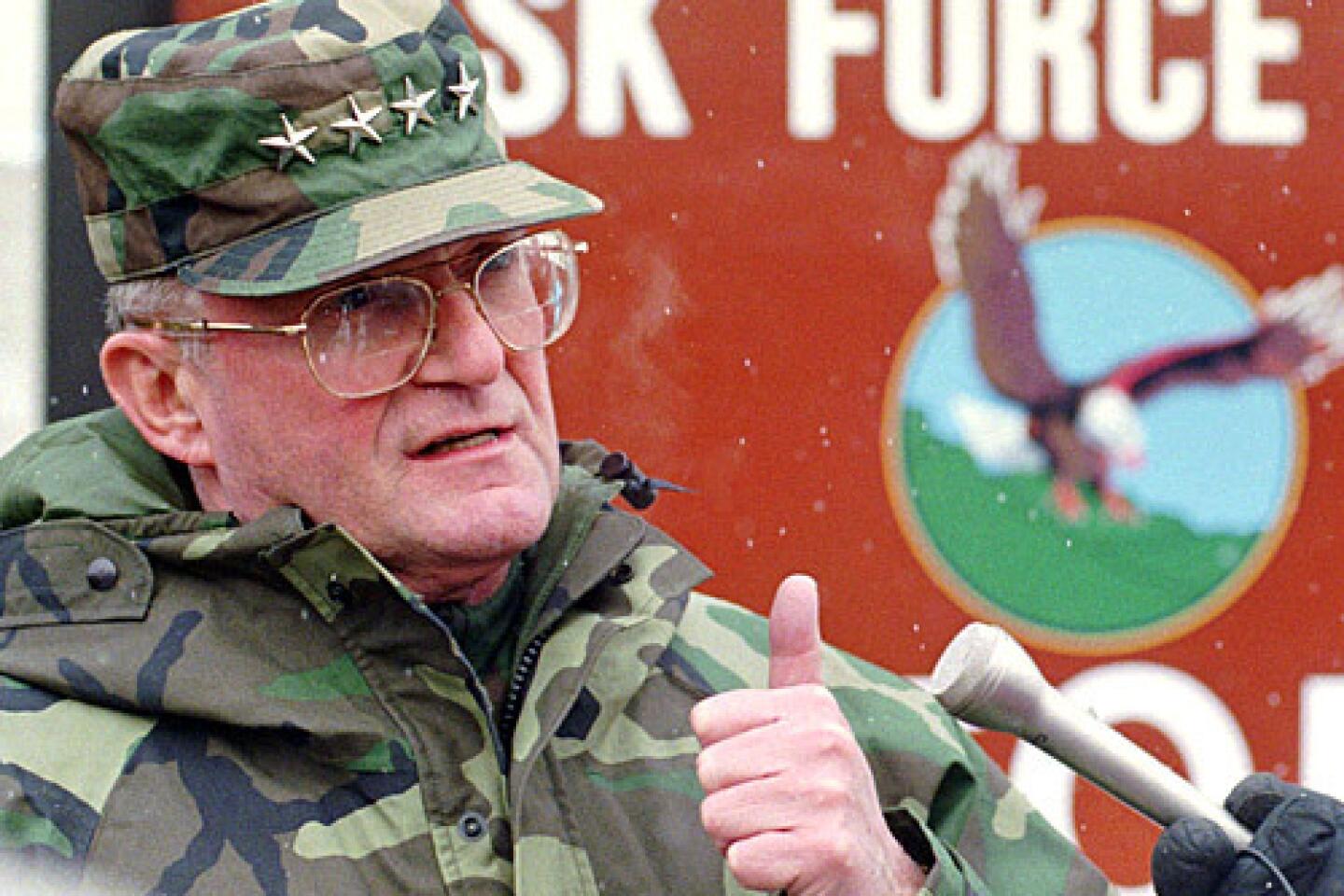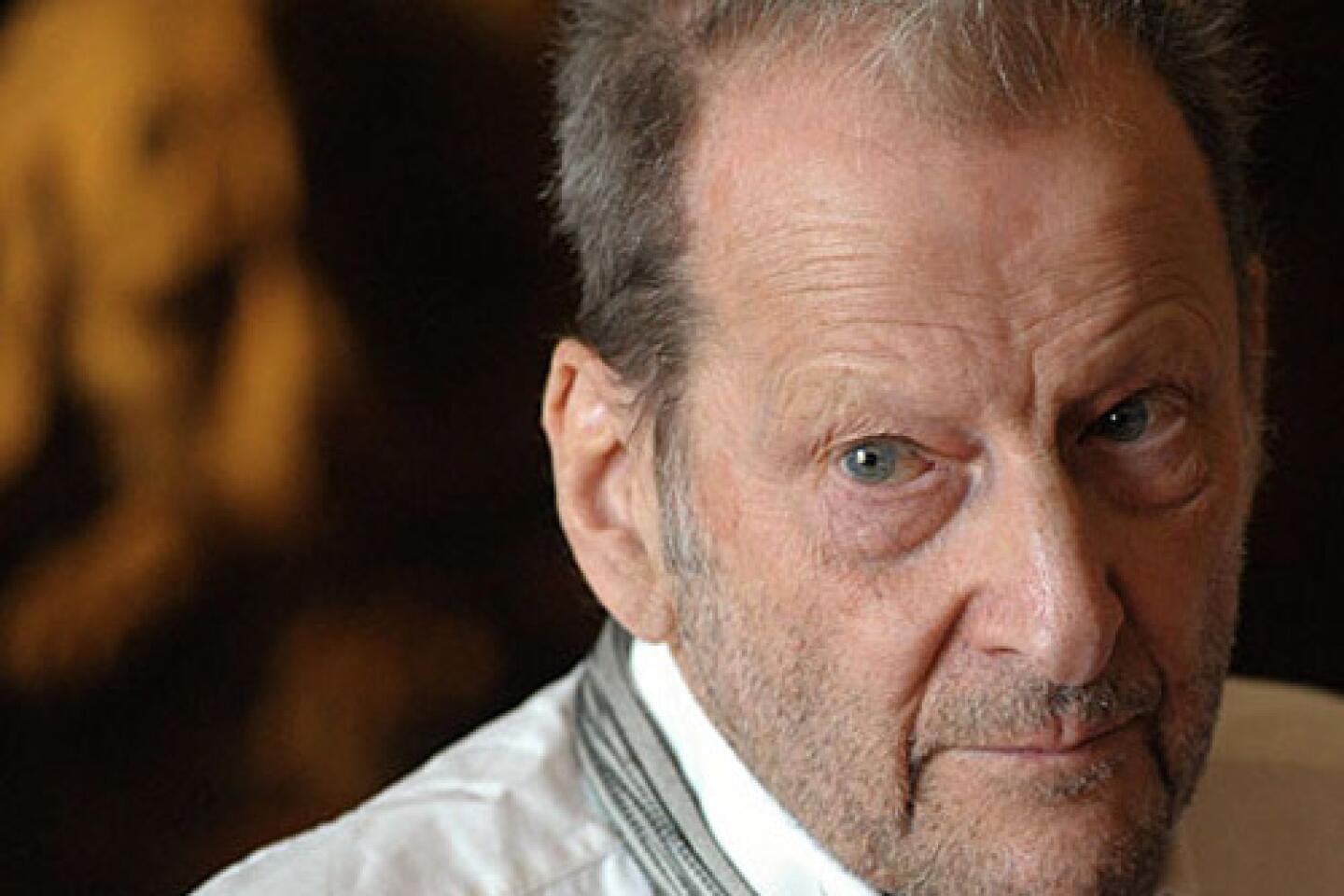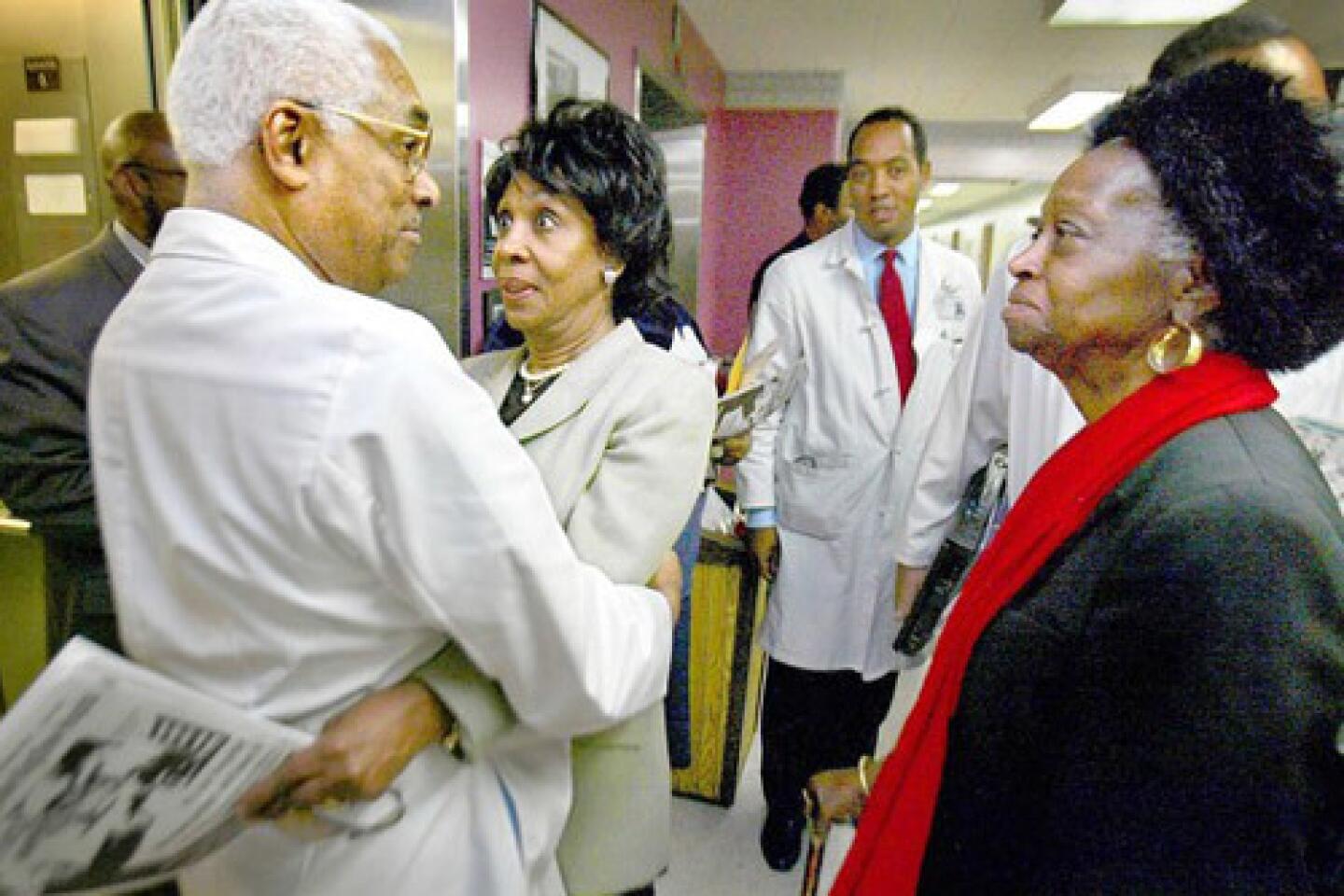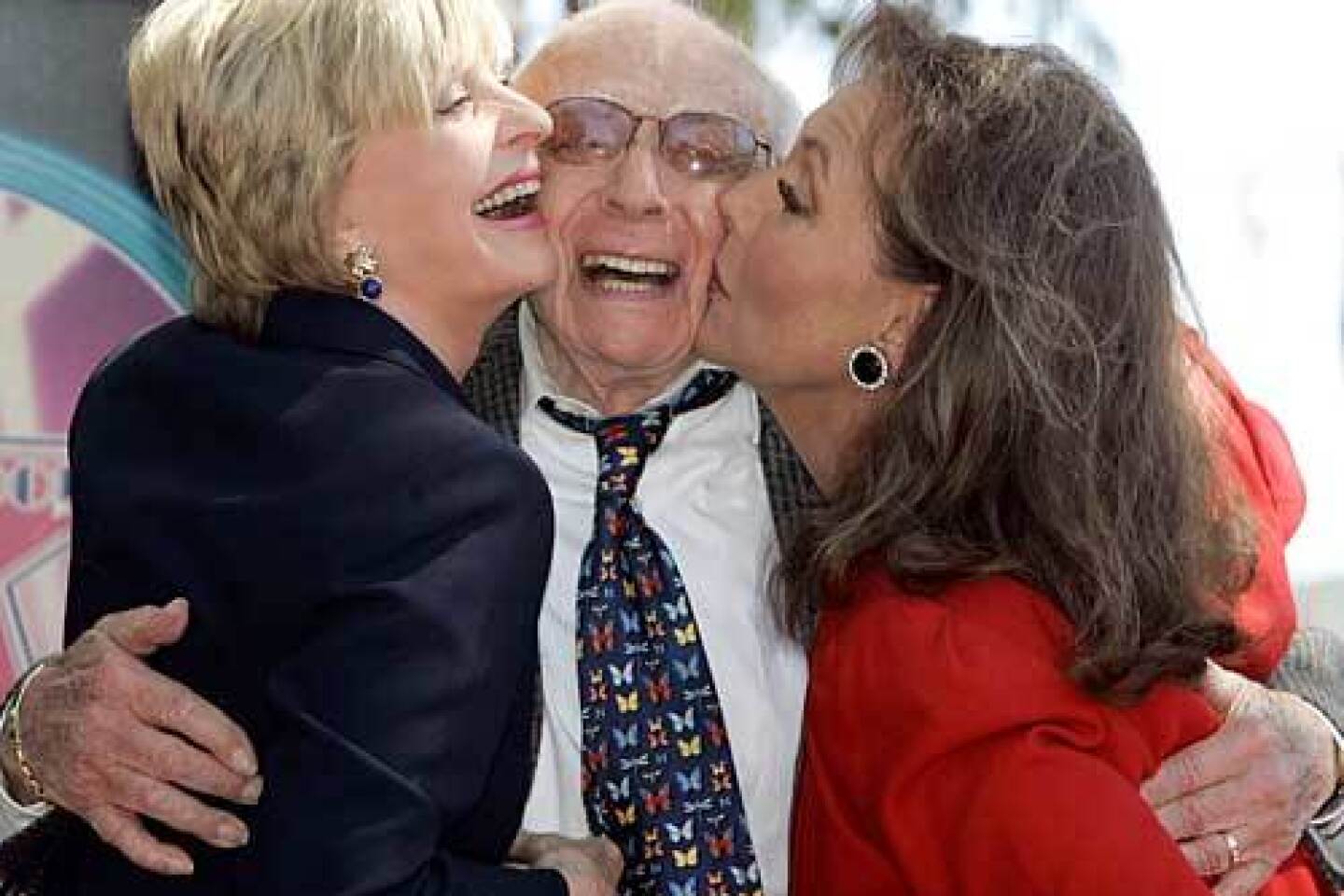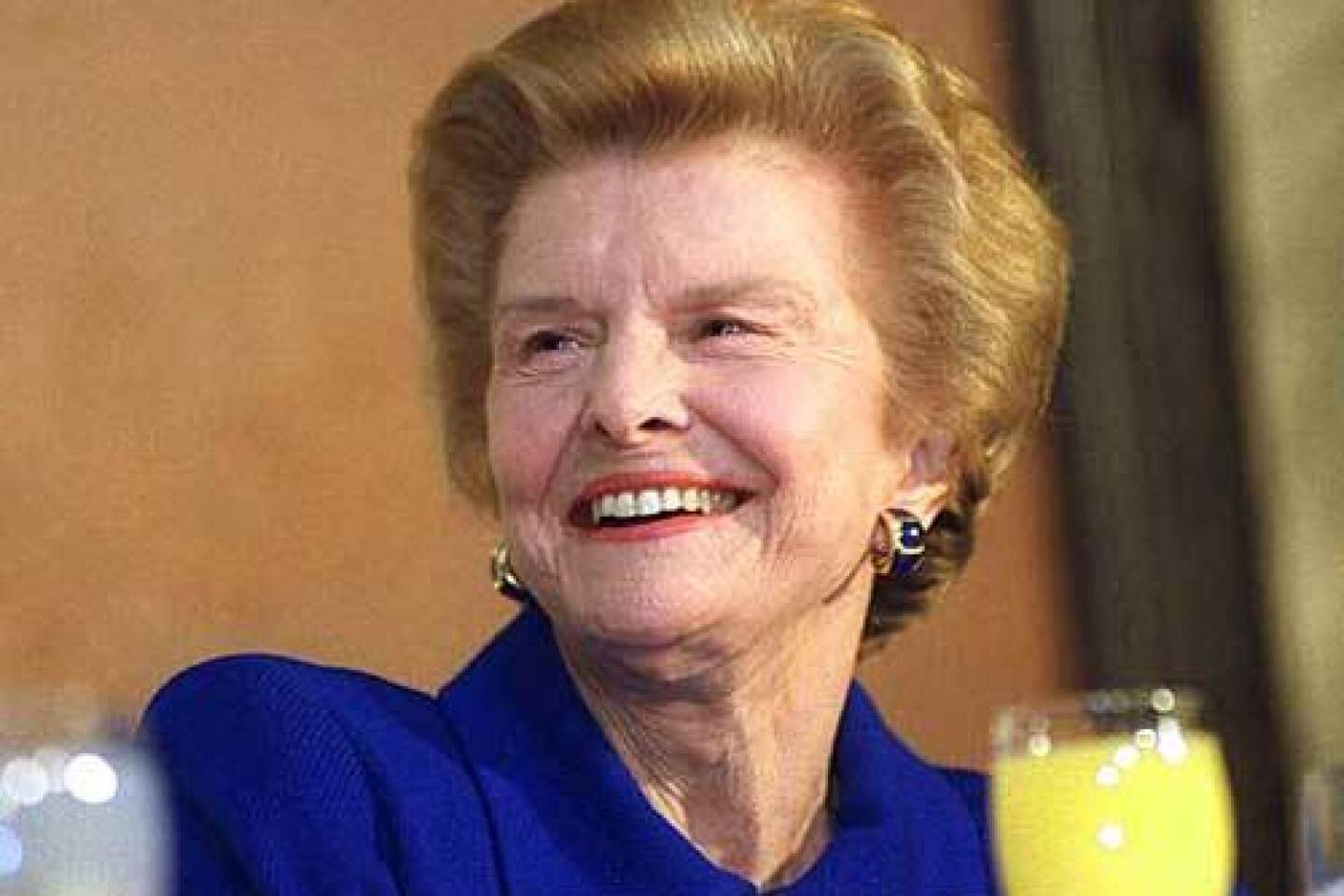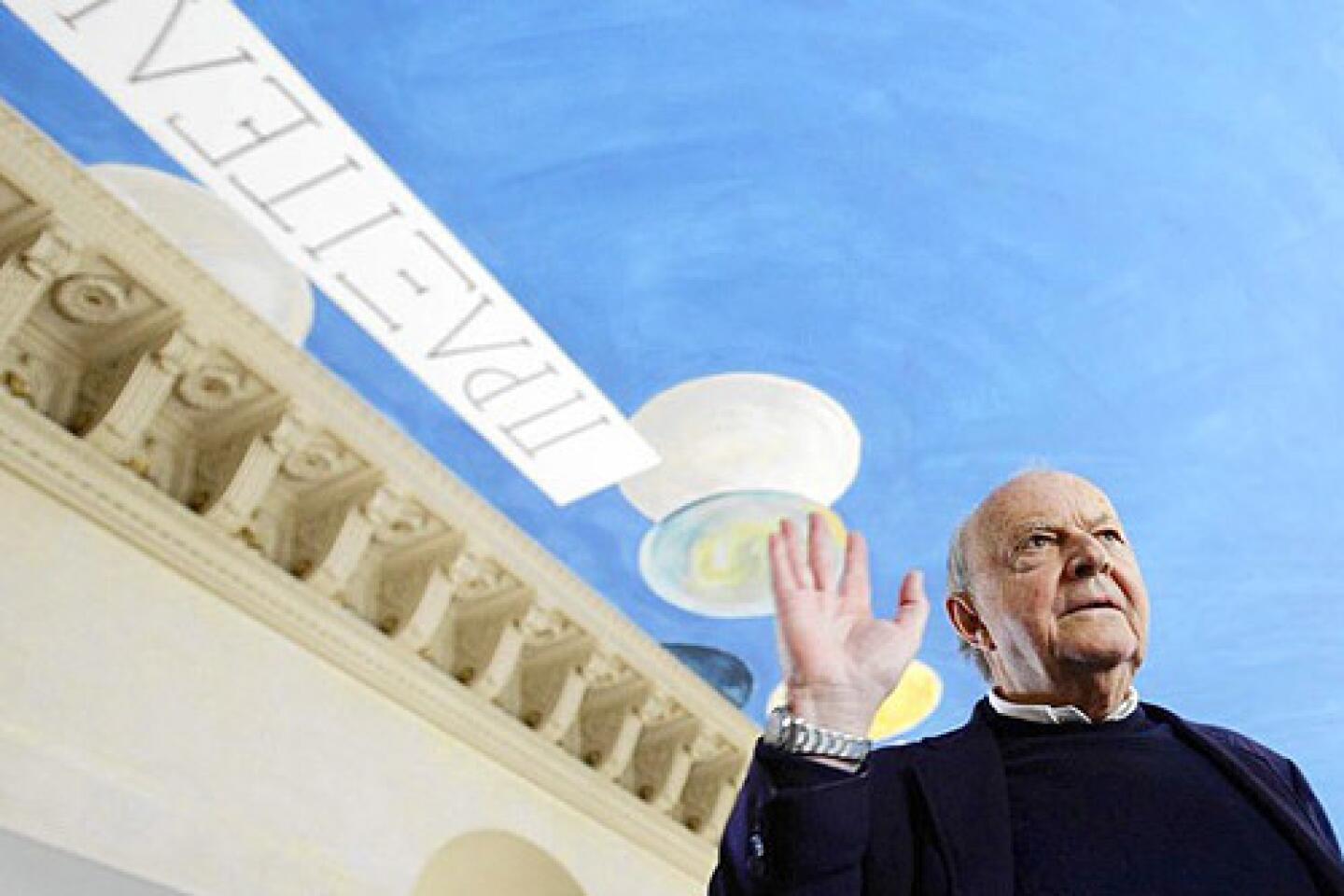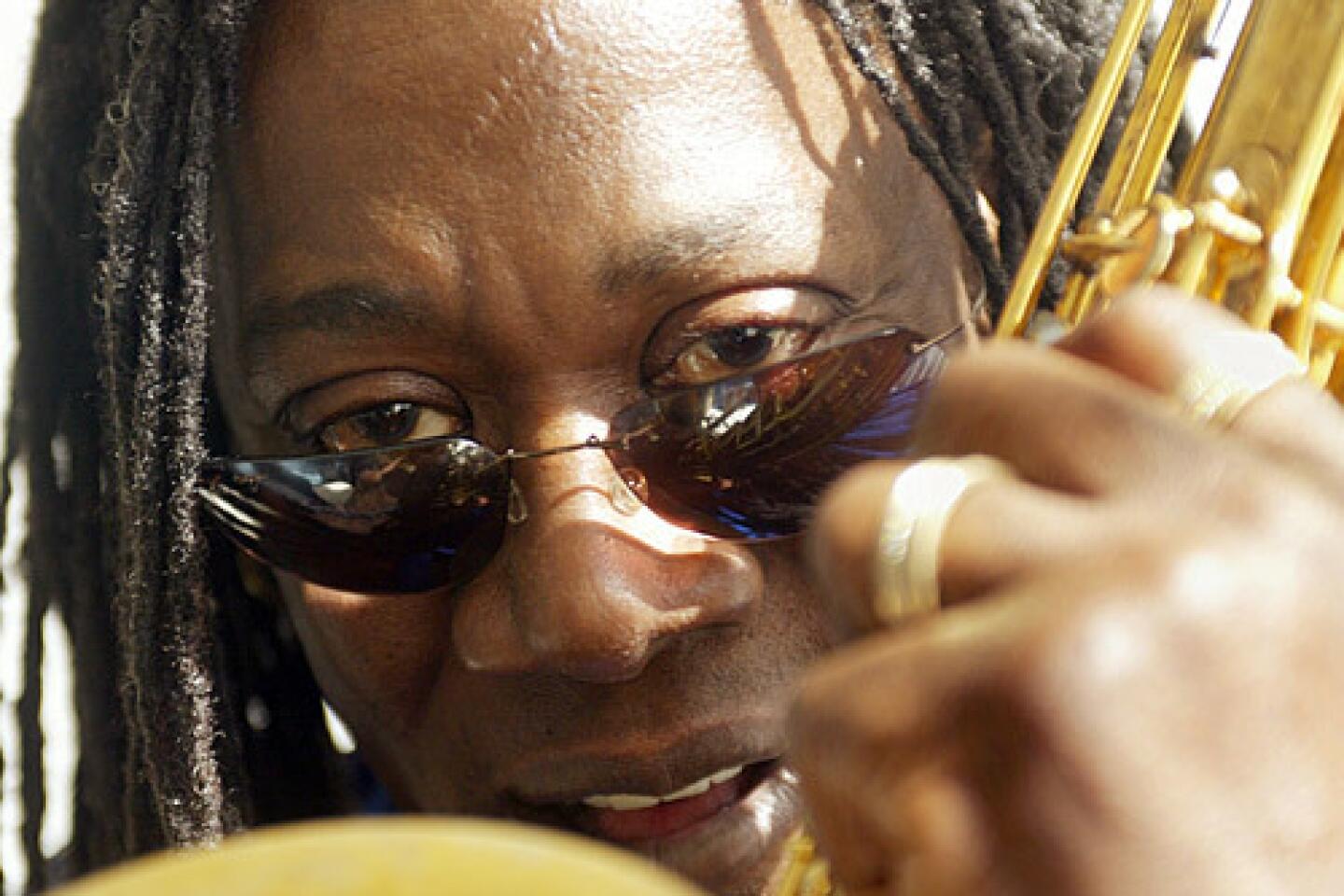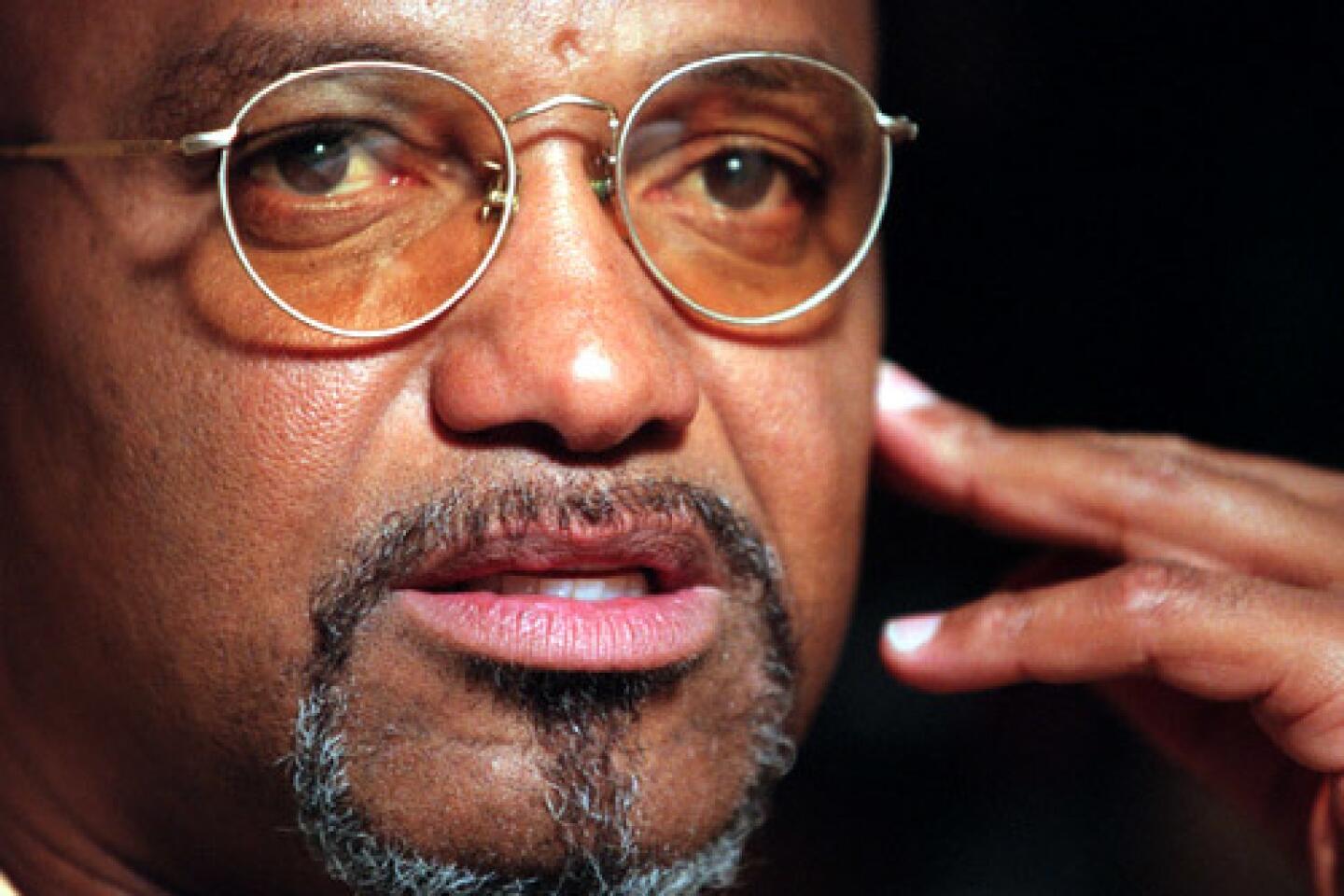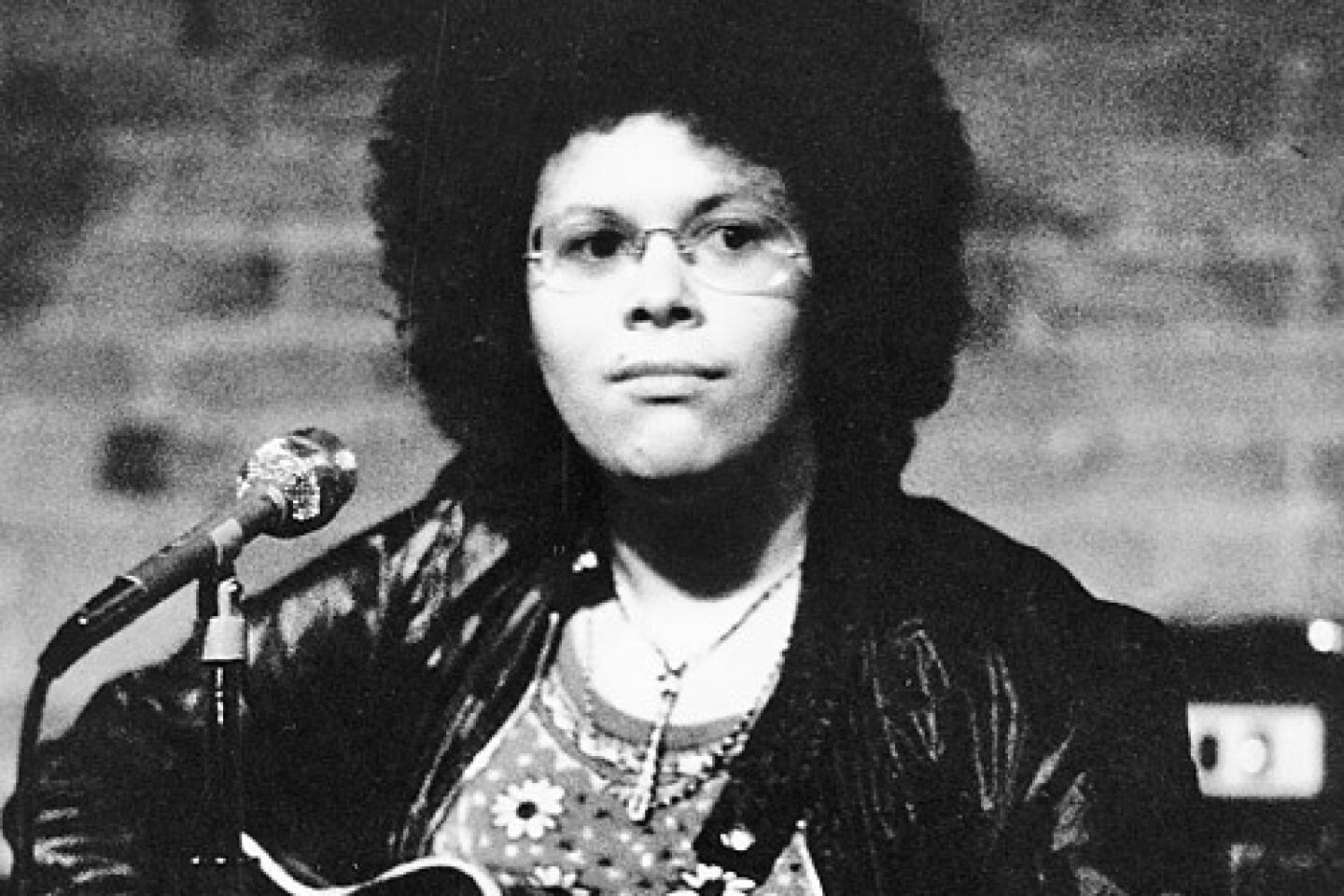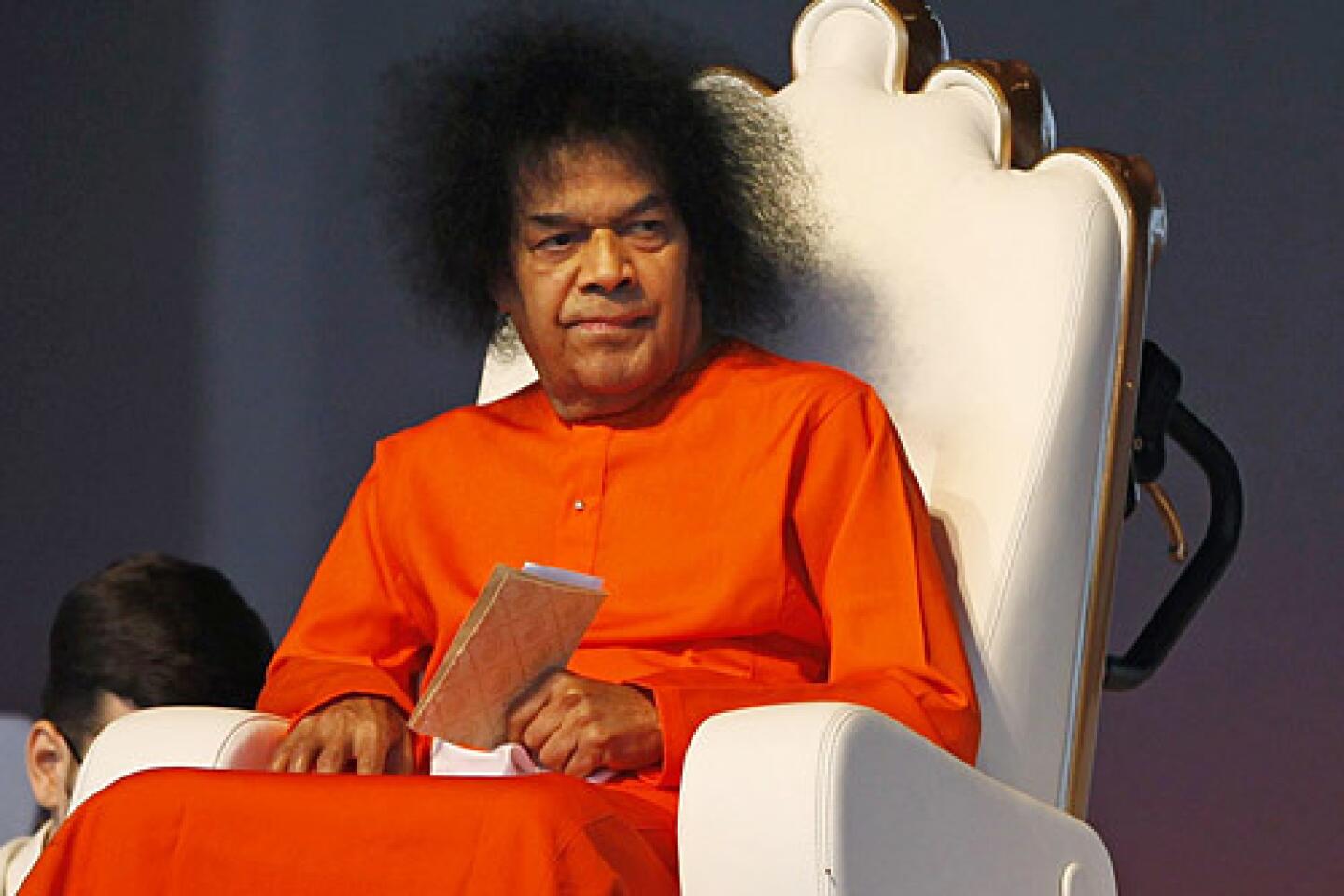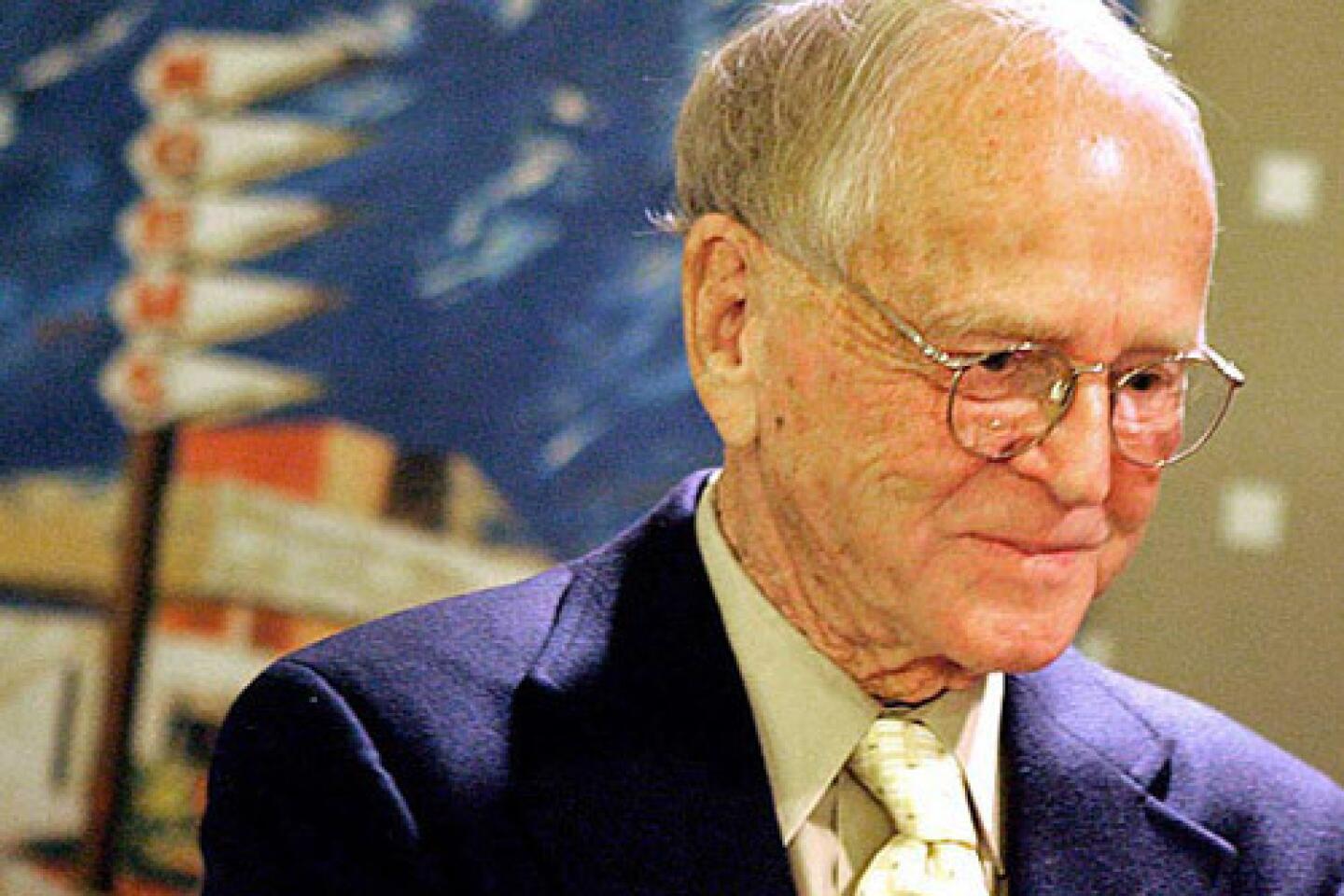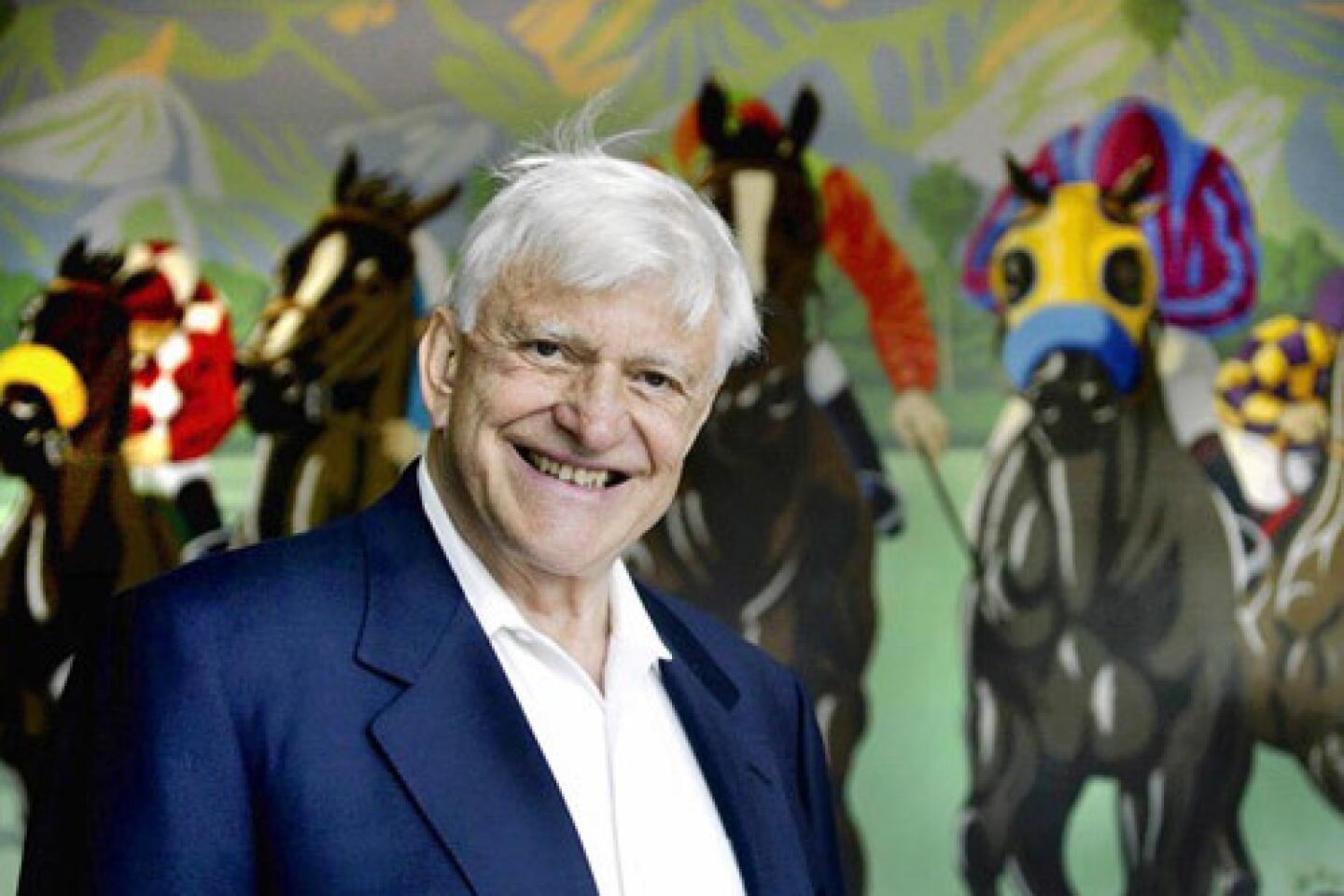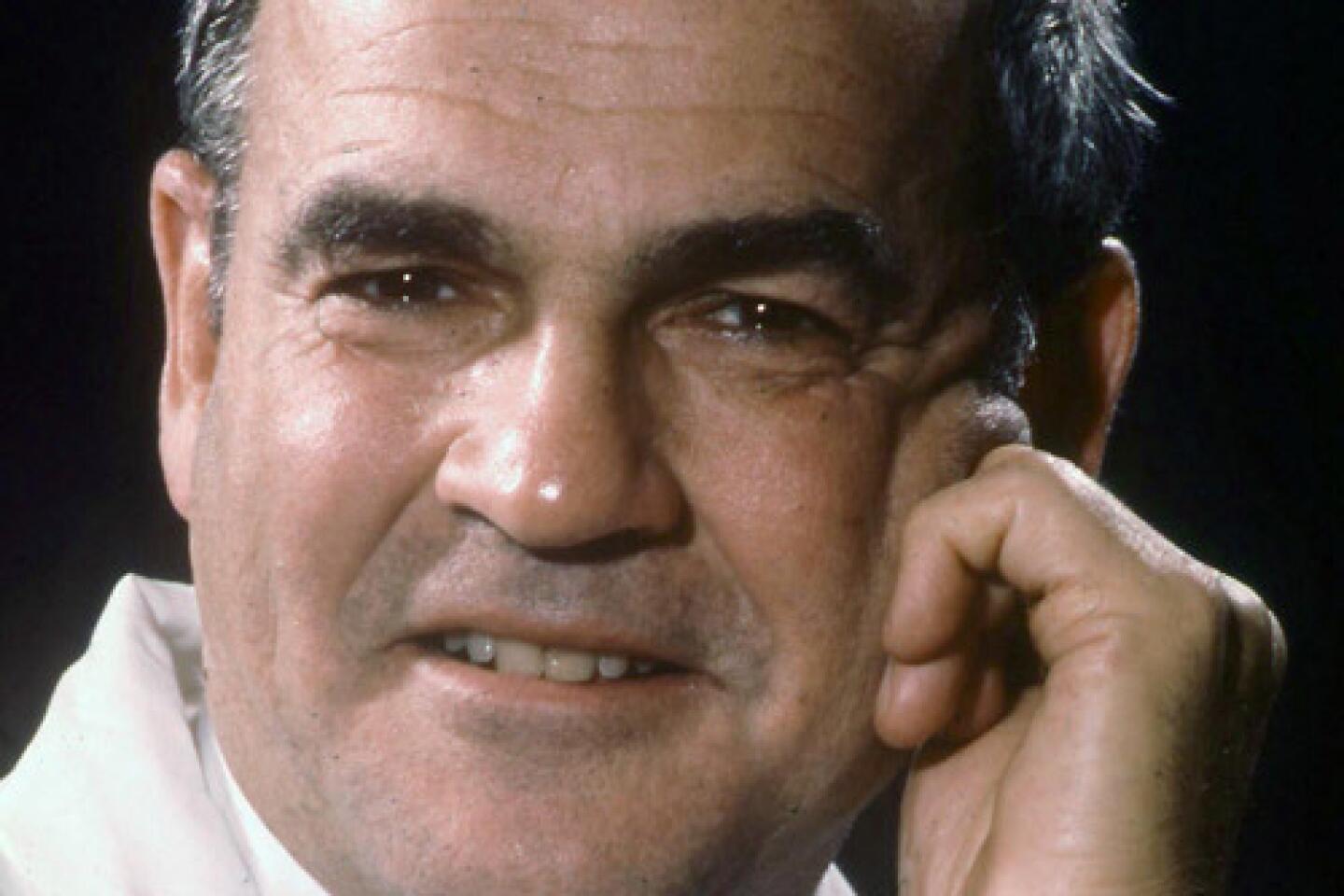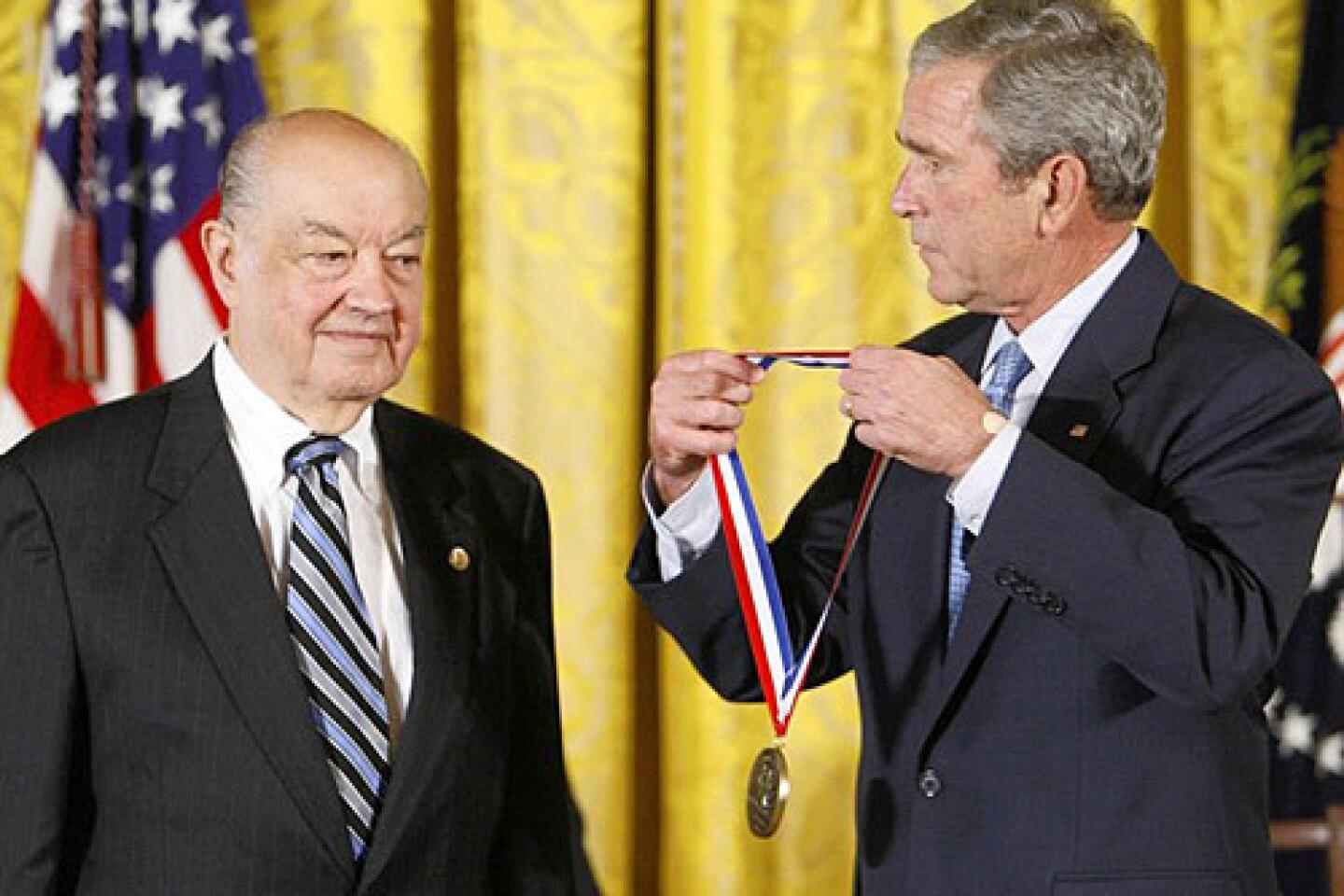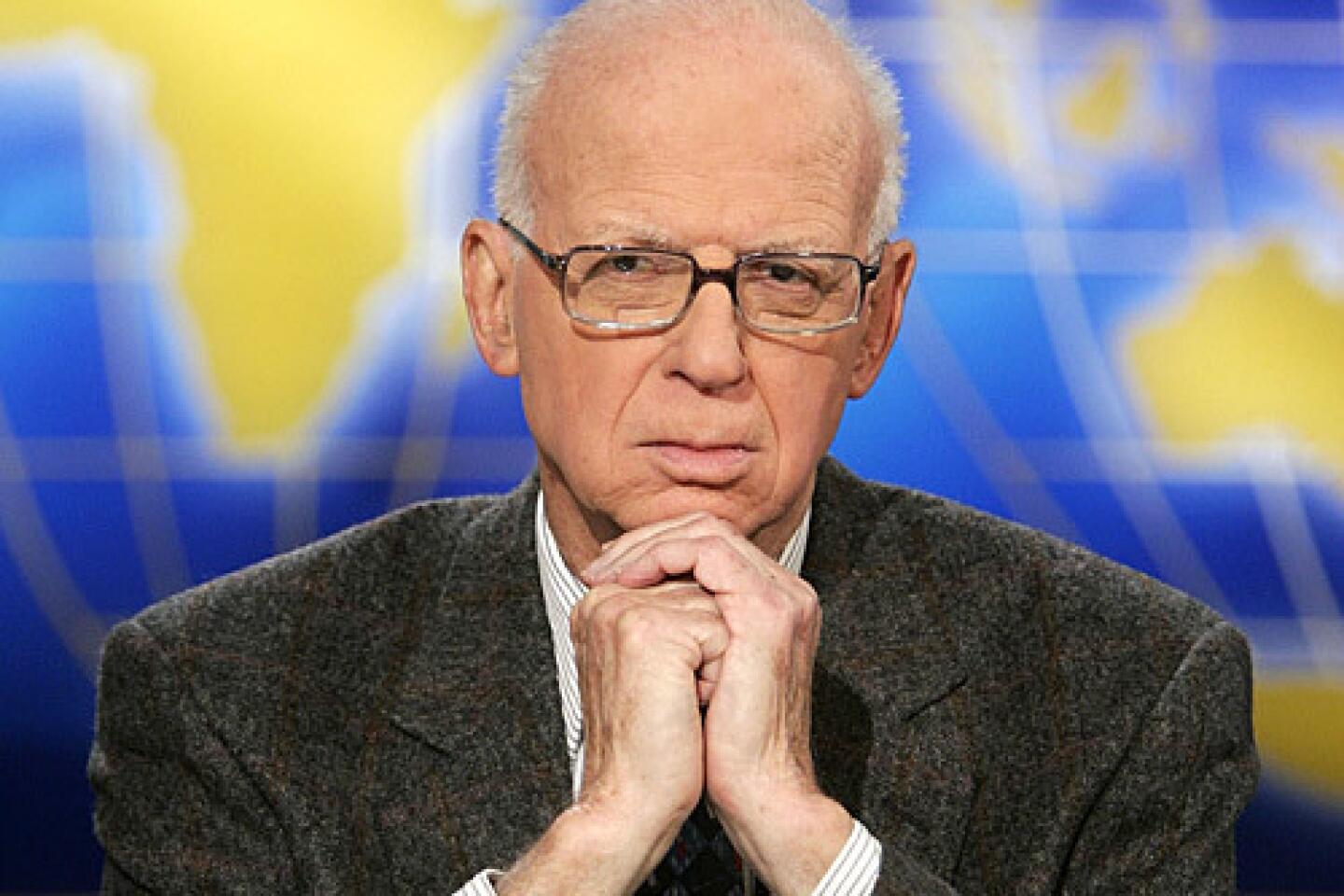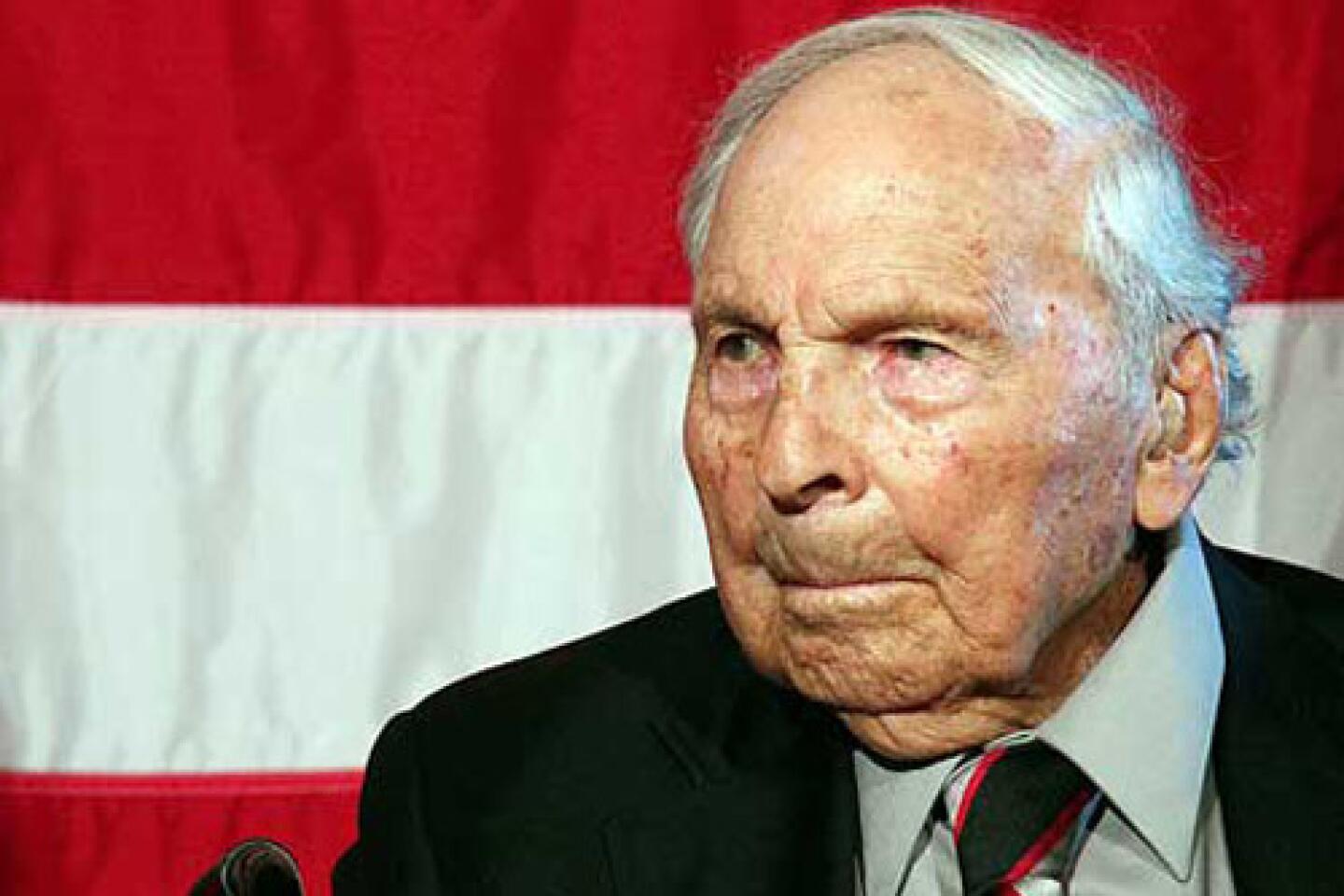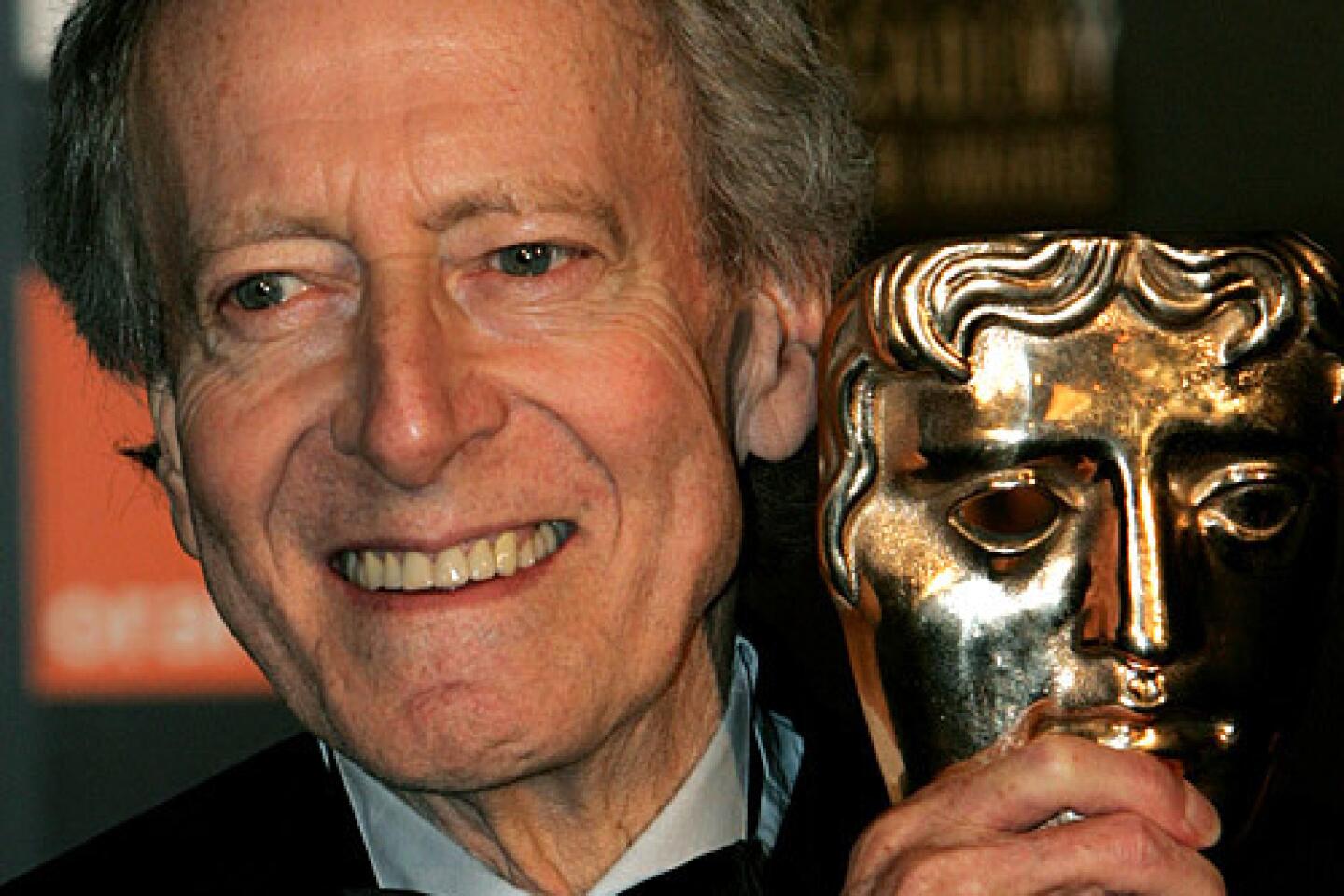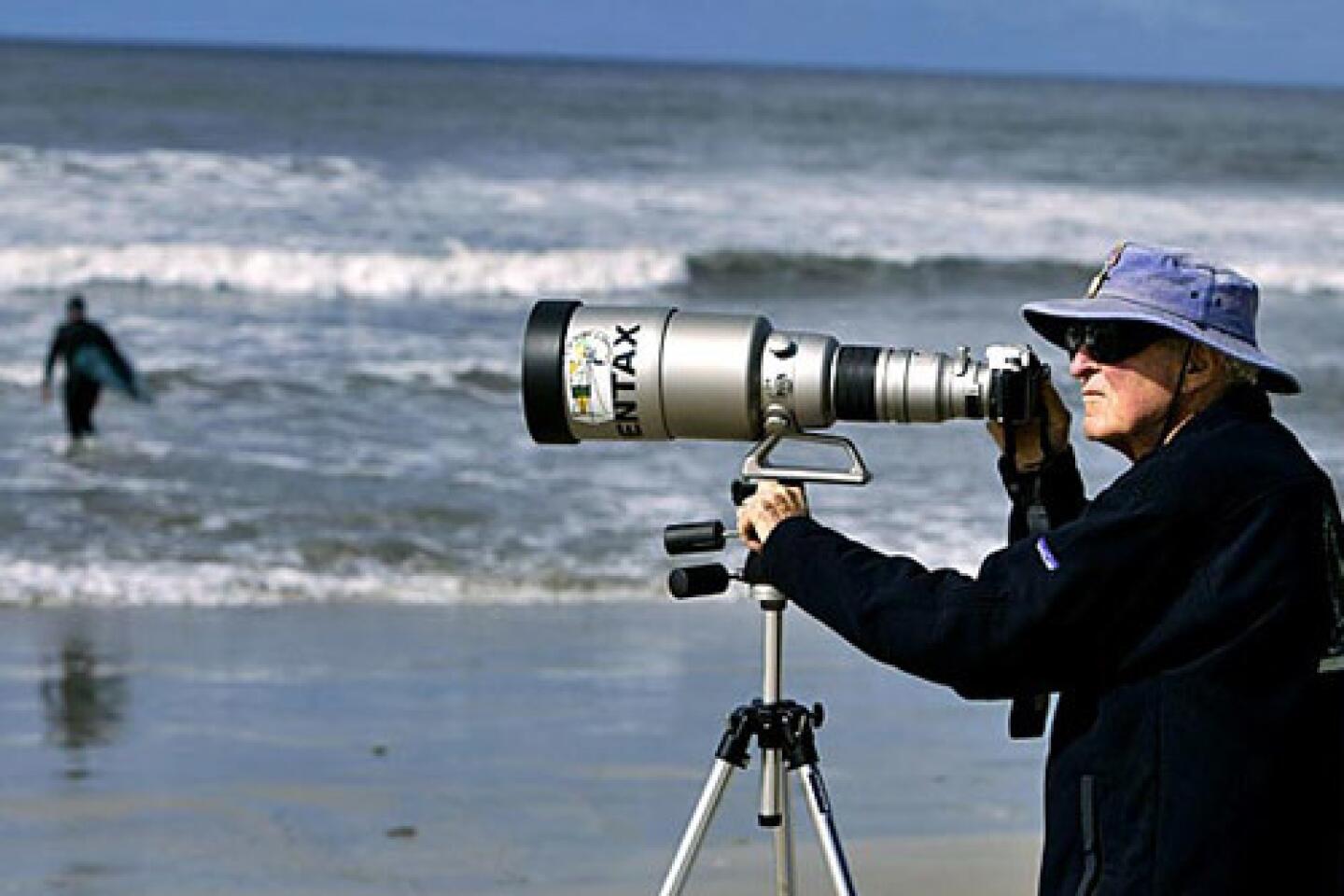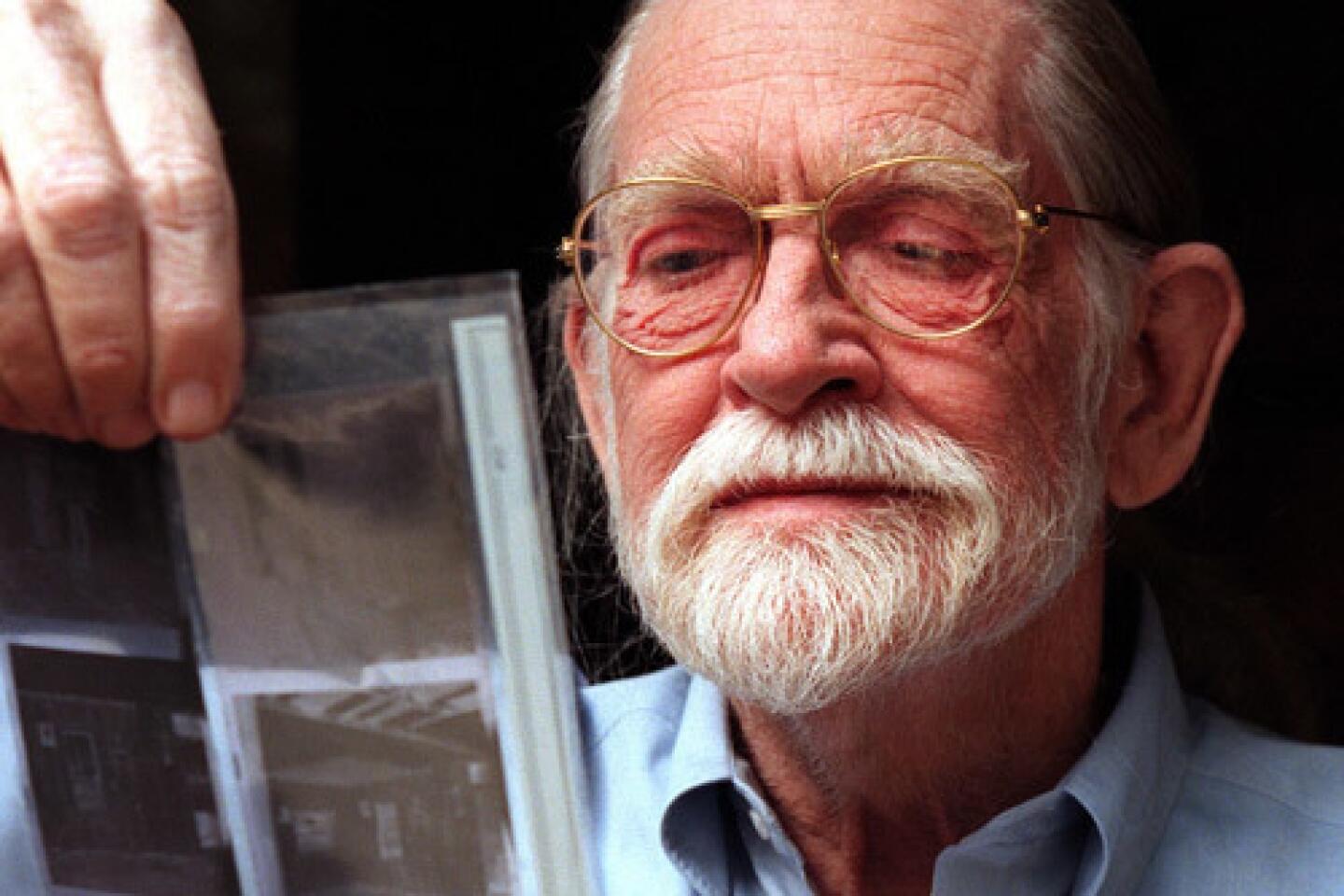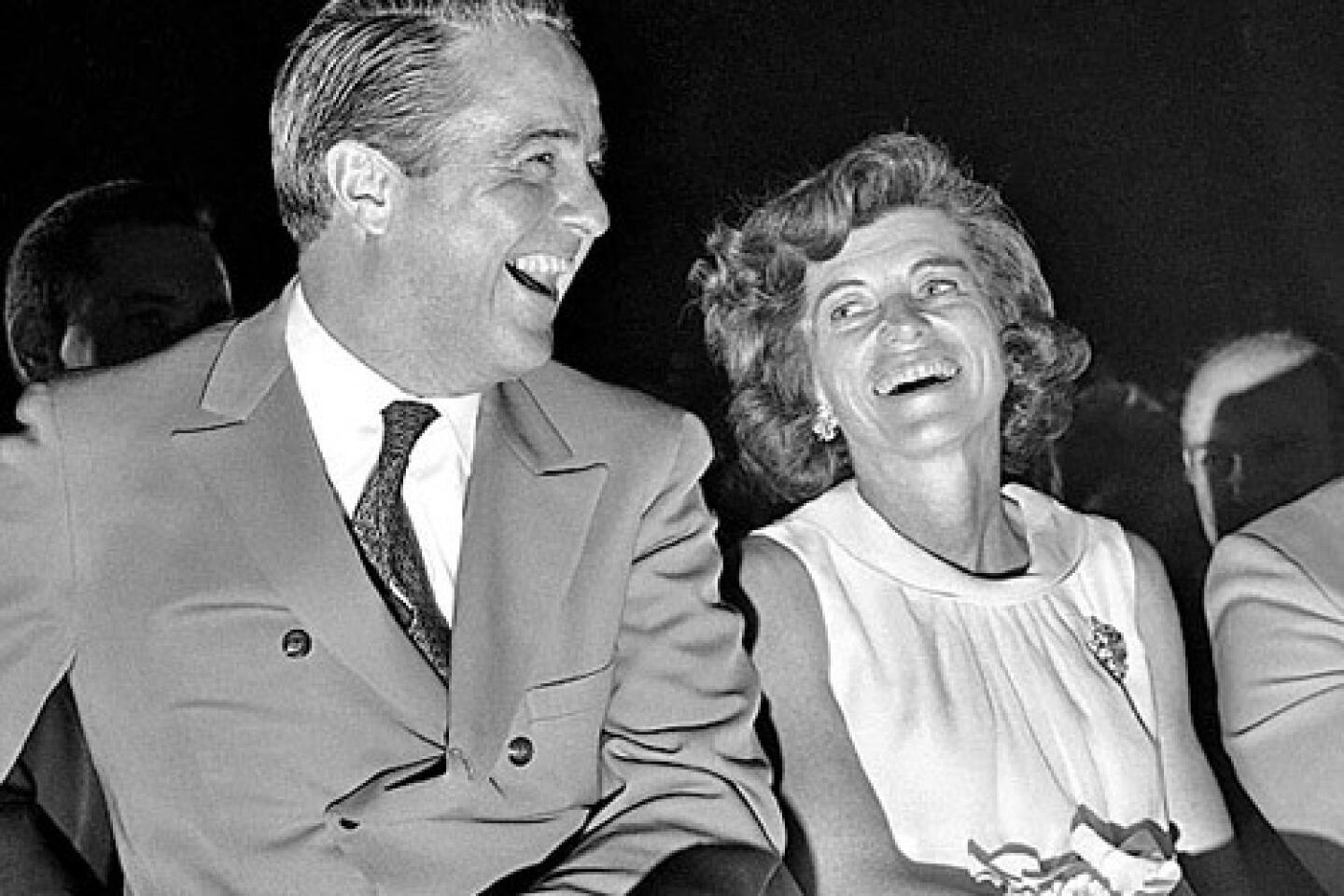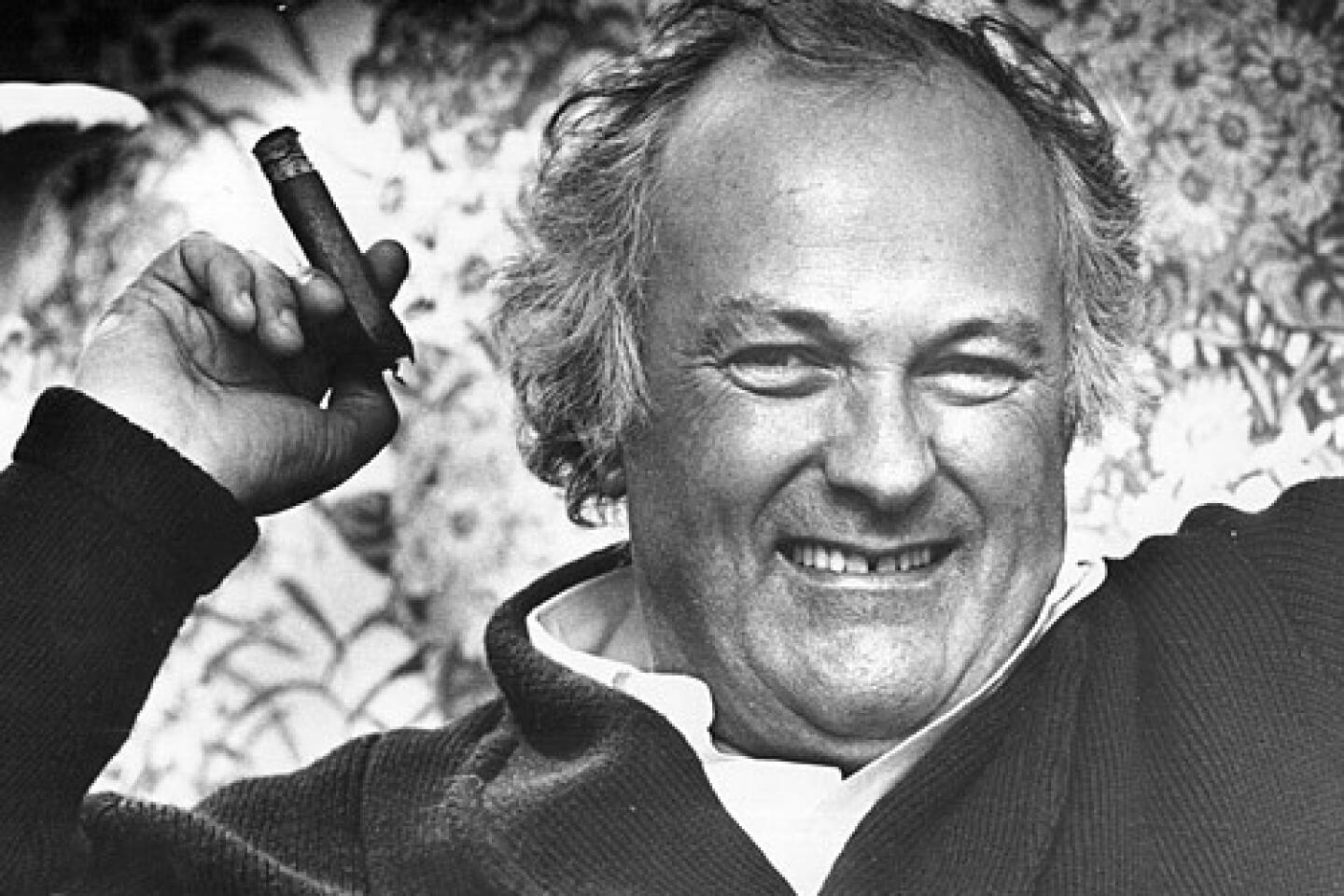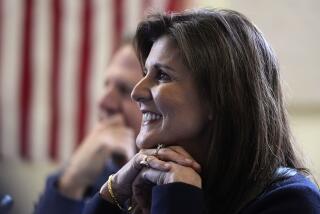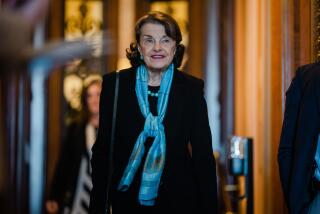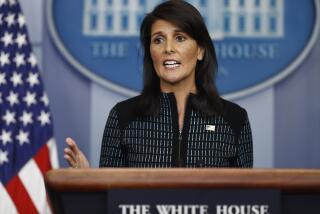Bernadine Healy dies at 67; doctor led Red Cross relief efforts after 9/11
Dr. Bernadine Healy, a hard-charging cardiologist and educator who was the first woman to lead the National Institutes of Health and later commanded American Red Cross relief efforts after the 9/11 terrorist attacks, died Saturday at her home in Gates Mills, Ohio. She was 67.
The cause was brain cancer, said her daughter, Bartlett Ann Bulkley.
FOR THE RECORD:
Bernadine Healy: The obituary of cardiologist and educator Dr. Bernadine Healy in the Aug. 9 LATExtra section said that she was the second woman to lead the American Red Cross. She was the third. —
Healy, a Republican who served in the Reagan and George H.W. Bush administrations, was known as a no-nonsense leader who ruffled politicians and dealt swiftly with incompetence, traits that frequently drew controversy during a career devoted to humanitarian goals.
She took over the National Institutes of Health in 1991 and quickly demonstrated a bold leadership style: Just a few weeks into her tenure she announced the creation of the Women’s Health Initiative. A $625-million study involving 150,000 women, it was the largest government clinical trial of women’s health in the nation’s history.
Dissatisfied with a long-standing practice of excluding women from clinical trials on medical issues that affect them, she pushed to require researchers funded by the agency to remedy that imbalance.
“She championed the principle that women’s health could not simply be inferred by extrapolation from studies on men,” said Dr. Francis S. Collins, director of the National Institutes of Health. “As a result, today we have seen major advances in the understanding of how women and their healthcare providers can better prevent cardiovascular disease, stroke, cancer, diabetes, osteoporosis and a host of other conditions.”
In 1999, she was named to succeed Elizabeth Dole as president of the American Red Cross. Only the second woman to lead the 130-year-old relief group, Healy was forced to resign two years later after conflicts with the board over the organization’s response to the 9/11 terrorist attacks, particularly over how to allocate the millions of dollars in donations that poured in afterward.
In a statement Monday, the American Red Cross praised “her vision and her compassion under the most challenging circumstances” and credited her for improving the organization’s ability to respond to disasters and “ensure the safety and adequate supply of the nation’s blood.”
Healy was born in New York on Aug. 2, 1944, and lived above her parents’ small perfume factory. One of four daughters in an Irish Catholic family, she wanted to be a nun until she was 12, when she changed her career goal to medicine. Defying the advice of their priest, her father took her out of parochial school and enrolled her in the prestigious Hunter College High School in New York City. After graduating first in her class, she went on to Vassar College and Harvard Medical School, graduating in 1970.
Specializing in the pathology of heart attacks, she became the first woman assistant dean for postdoctoral studies at Johns Hopkins University and became a professor of medicine in 1982. She left in 1984 to serve as a deputy science advisor to President Reagan.
After a term as president of the American Heart Assn., she became head of the National Institutes of Health. The federal agency, which had been without a director for two years, was facing a number of difficult challenges, including budget constraints and an exodus of talented senior scientists.
She succeeded in recruiting top scientists to the NIH, including Collins, who led the agency’s groundbreaking effort to map the human genome before becoming director in 2009.
Critics said Healy was less successful at external relations, particularly with policymakers on Capitol Hill. Immediately after assuming the post, she went head-to-head with Rep. John D. Dingell (D-Mich.), the powerful chairman of the House subcommittee that oversees the NIH, who accused Healy at a hearing of obstructing her agency’s investigation into two cases of alleged scientific misconduct. He called her performance “bizarre,” and she declared his criticism “preposterous.”
“I don’t fit the mold of the shrewd politician,” she told the Washington Post later.
After two years, she reluctantly stepped down from the directorship when the Clinton administration came in and later became dean of the medical school at Ohio State University.
In 1999, after recovering from a brain tumor, she began her rocky tenure at the American Red Cross, where her hard-nosed style clashed with the nonprofit’s more genteel culture. Dissatisfied with the agency’s slow response to the 9/11 attacks, she fired two longtime staffers, which upset many members of the mostly volunteer organization.
She also disagreed with the board on how to spend $500 million donated to a special Liberty Fund she established after Sept. 11, 2001. Some board members wanted to use some of the funds on programs not related to its 9/11 relief efforts, and many donors were upset that emergency grants to 9/11 victims did not take financial need into account. She also objected to a proposal to stop withholding dues to the International Red Cross because it excluded the Israeli branch from membership.
In addition to her daughter Bartlett, Healy’s survivors include her husband, Dr. Floyd Loop, and their daughter Marie McGrath Loop.
More to Read
Start your day right
Sign up for Essential California for the L.A. Times biggest news, features and recommendations in your inbox six days a week.
You may occasionally receive promotional content from the Los Angeles Times.
